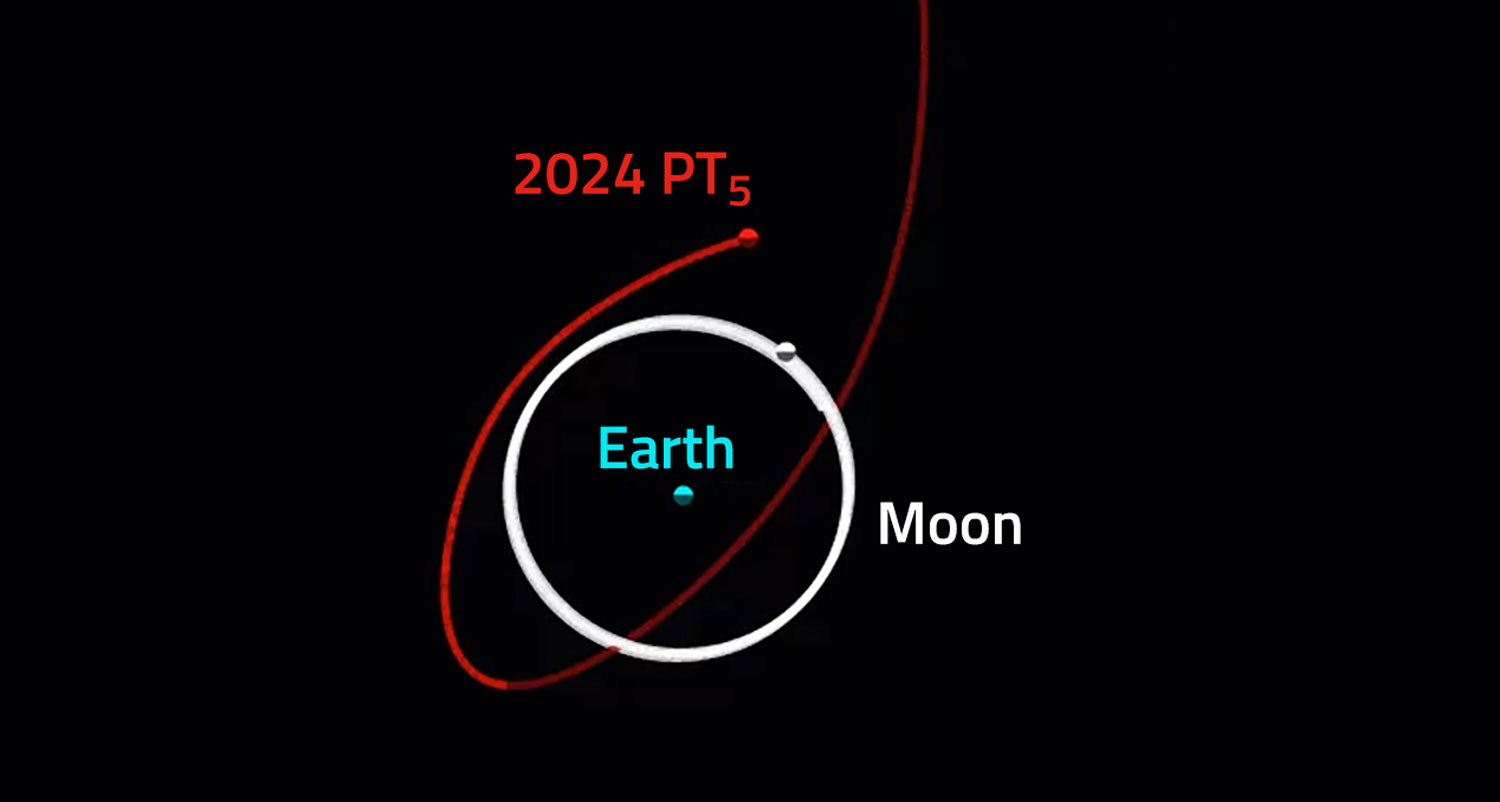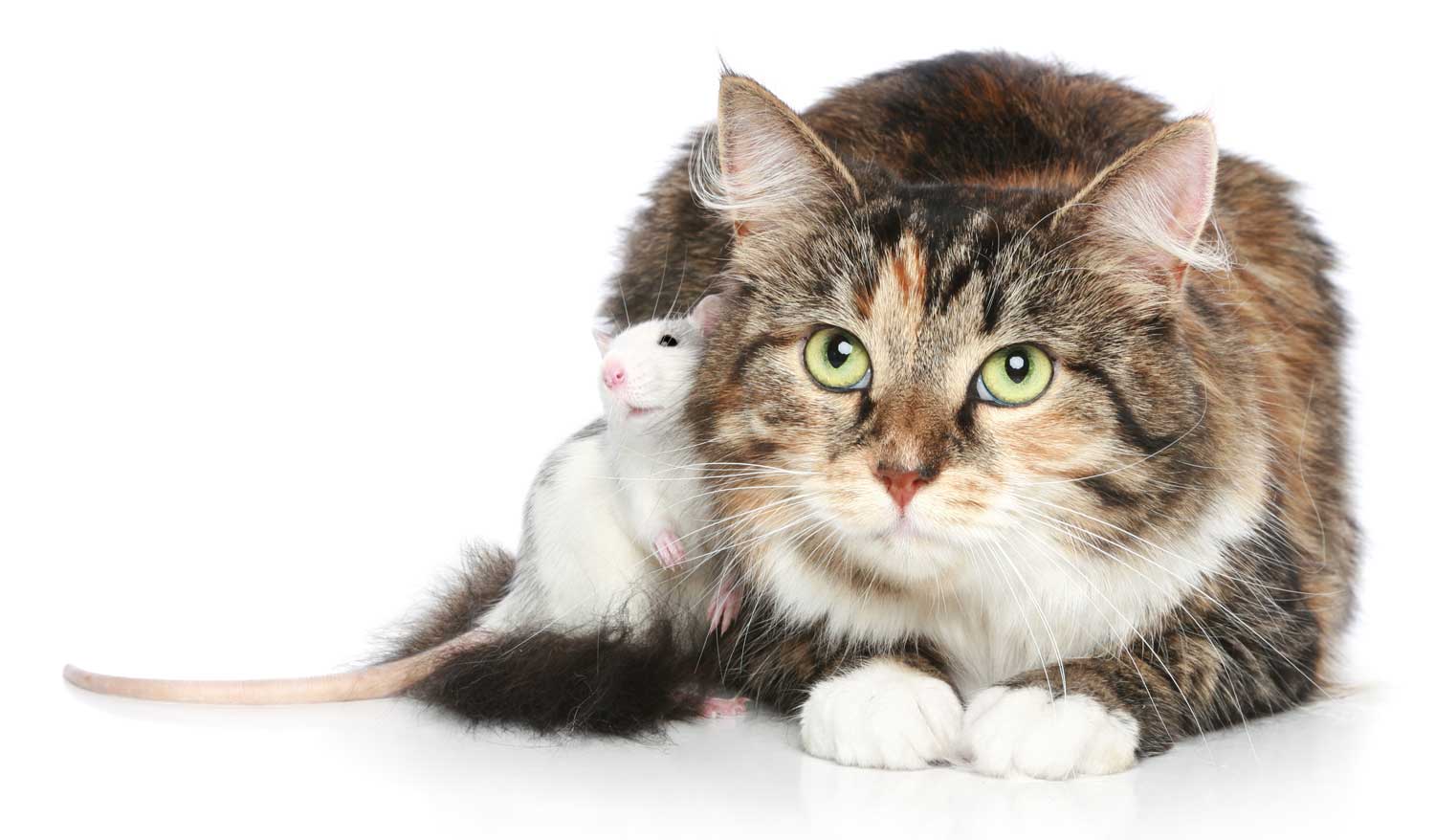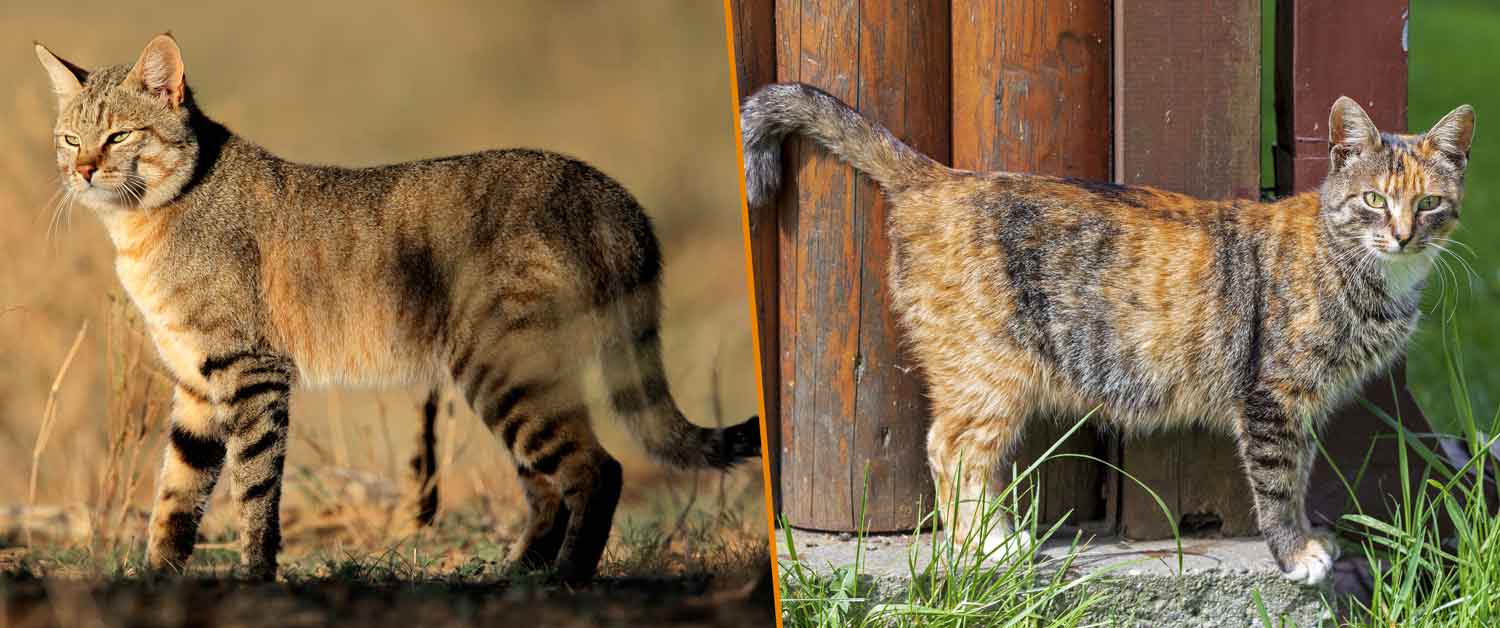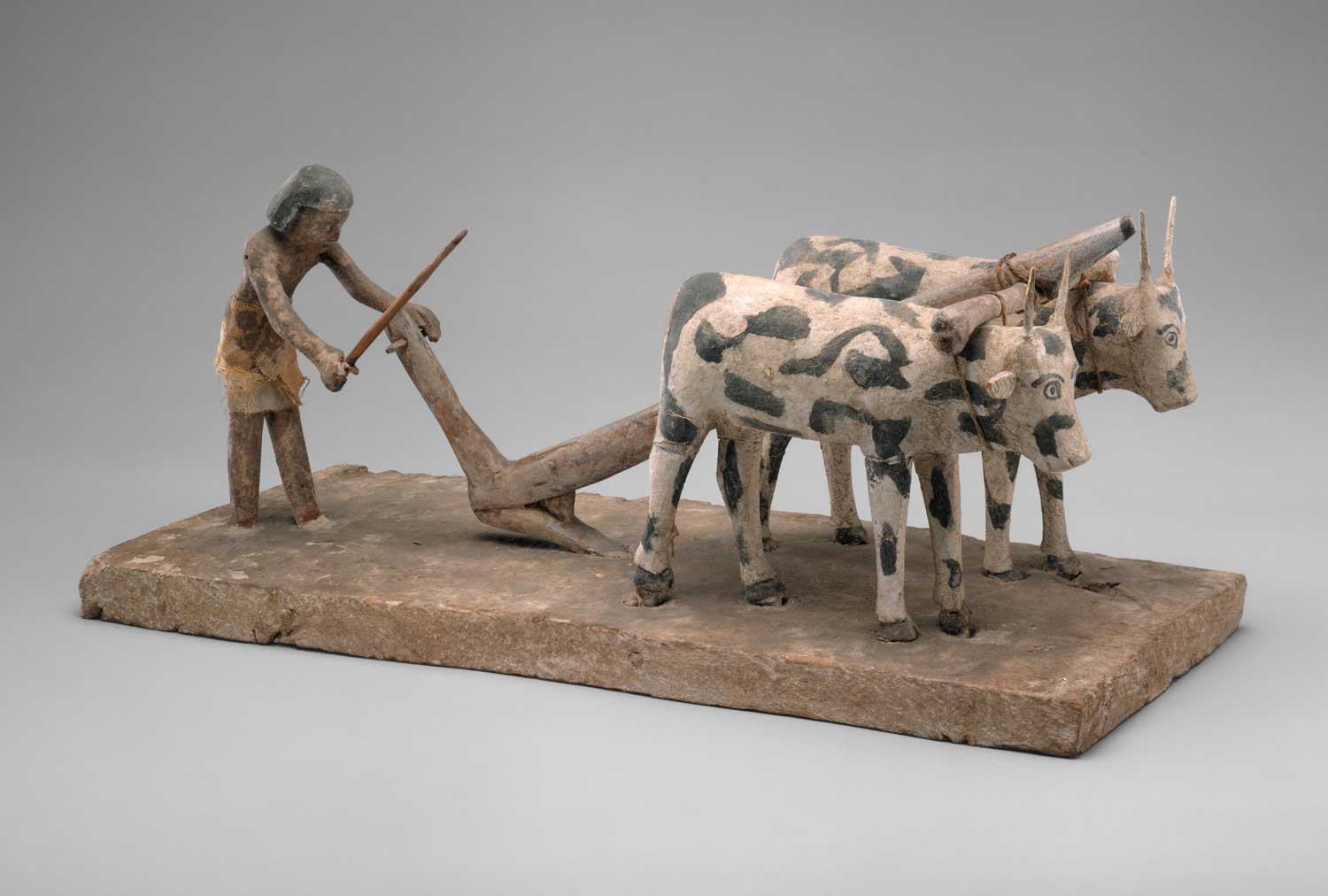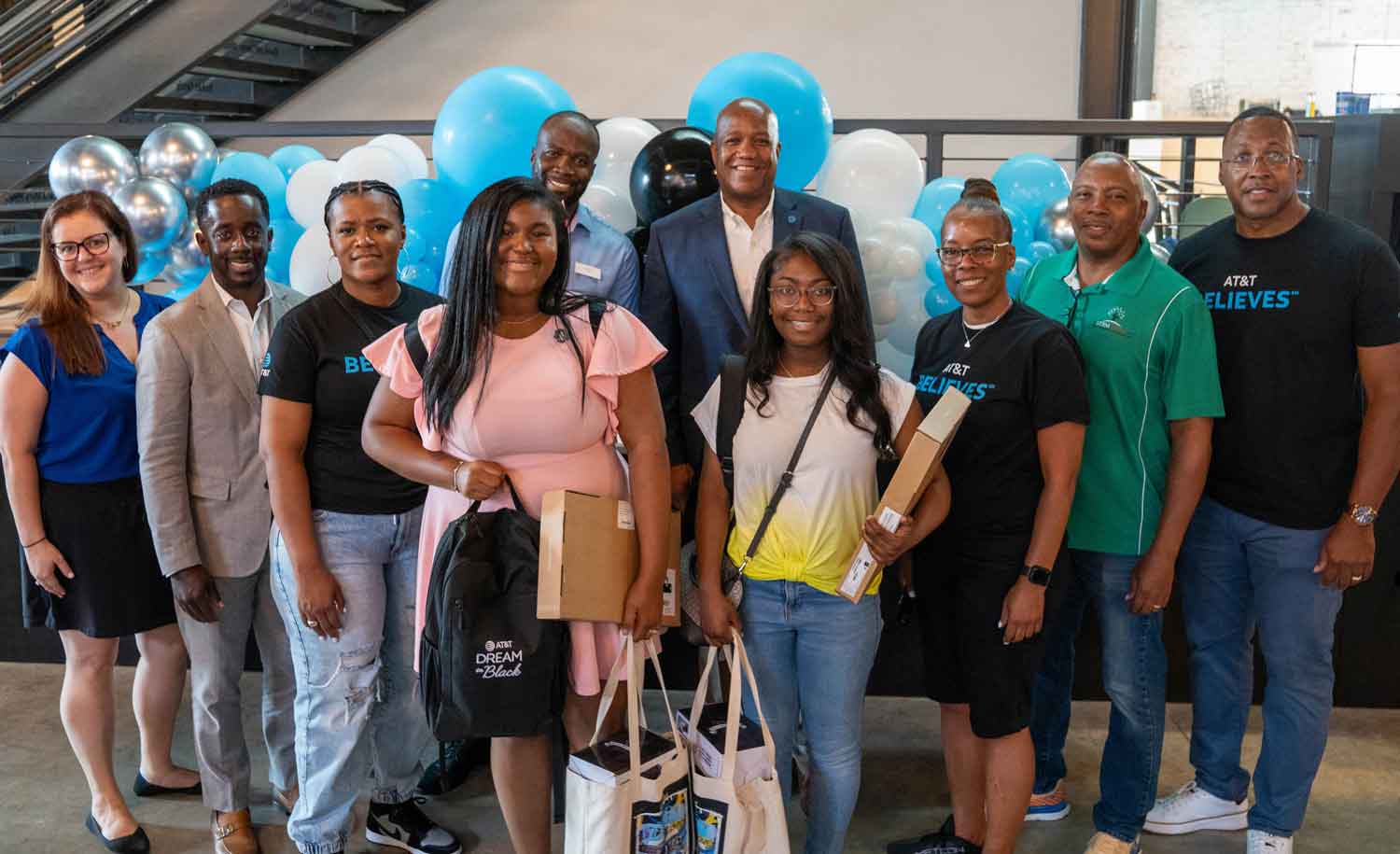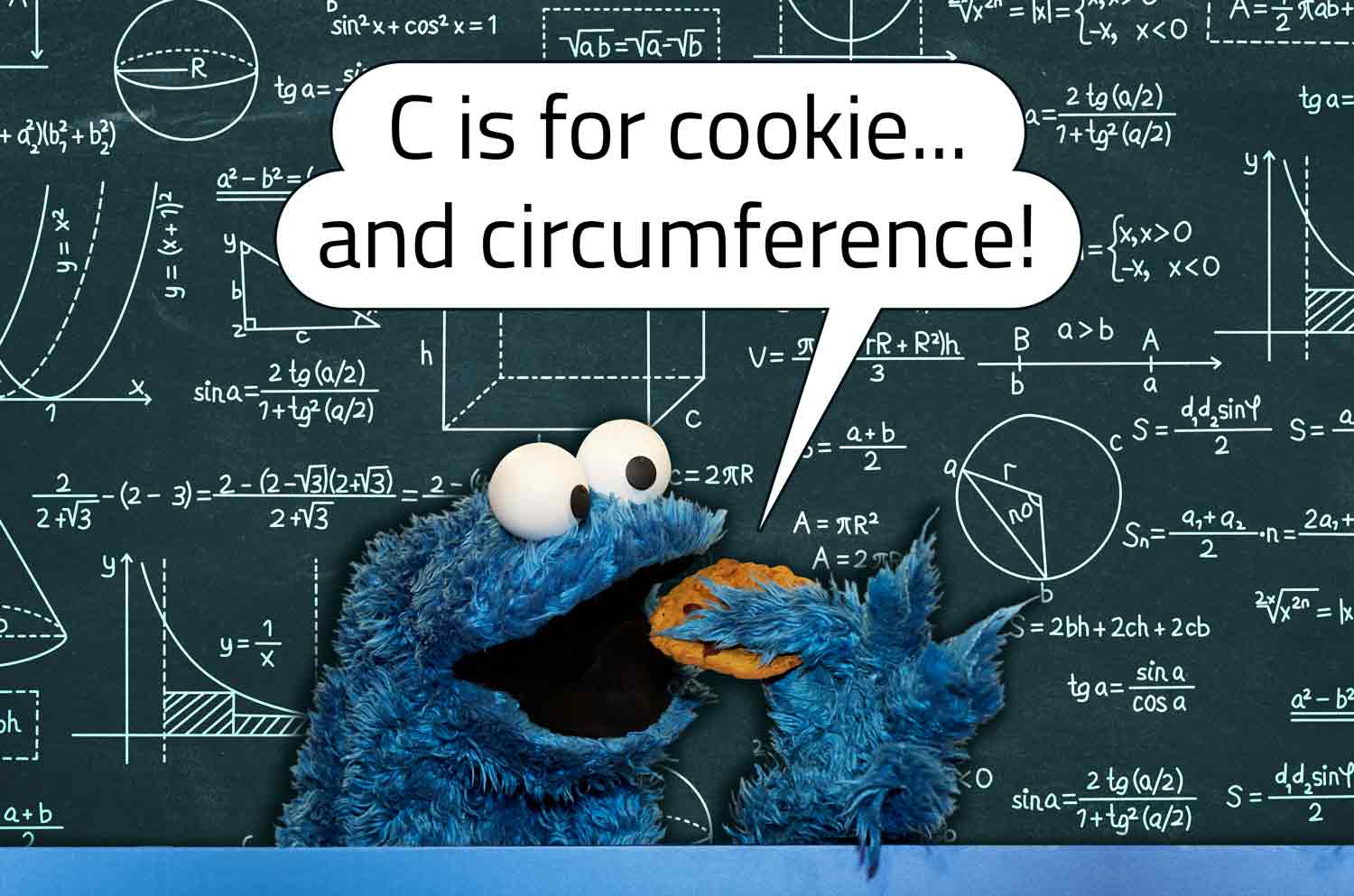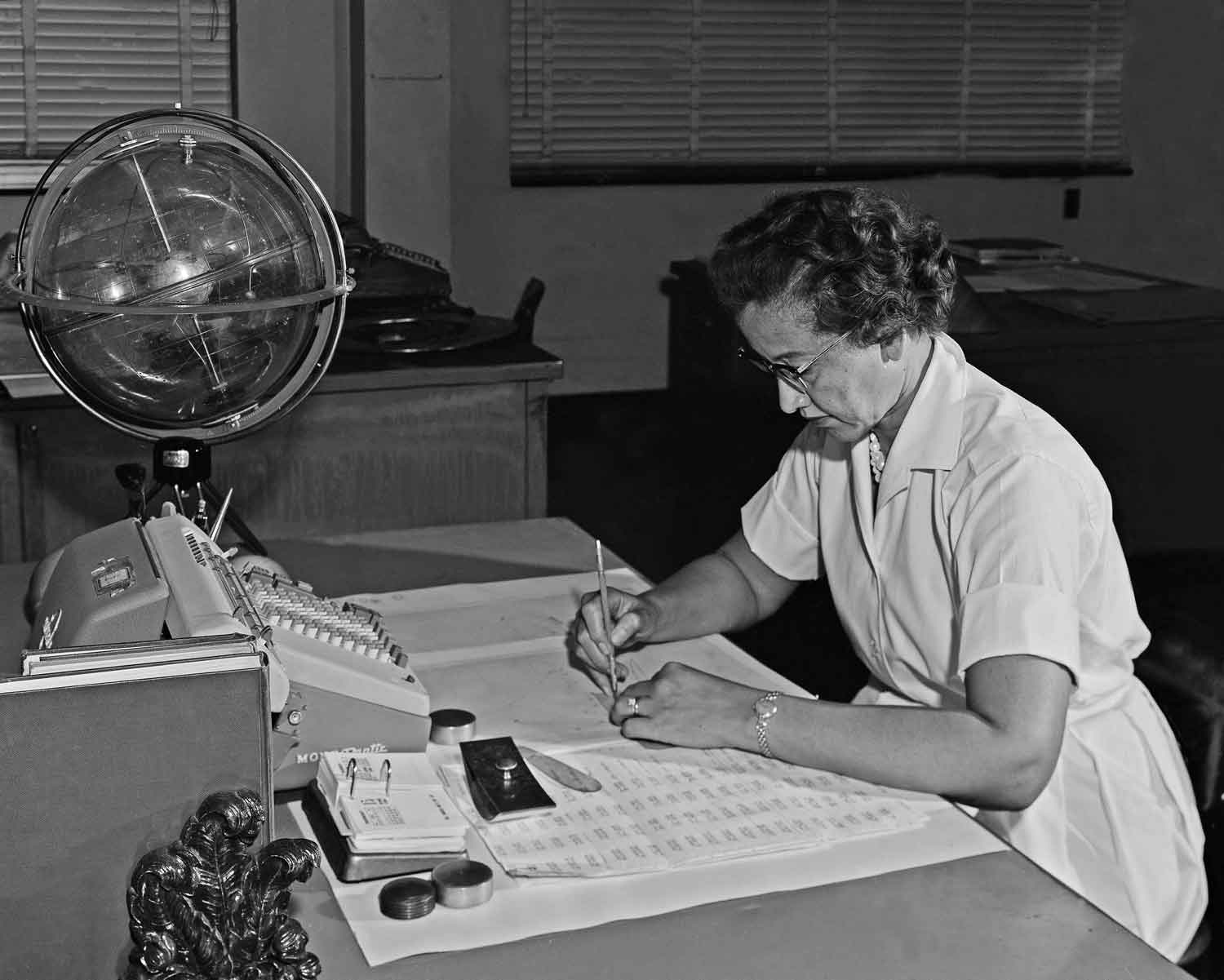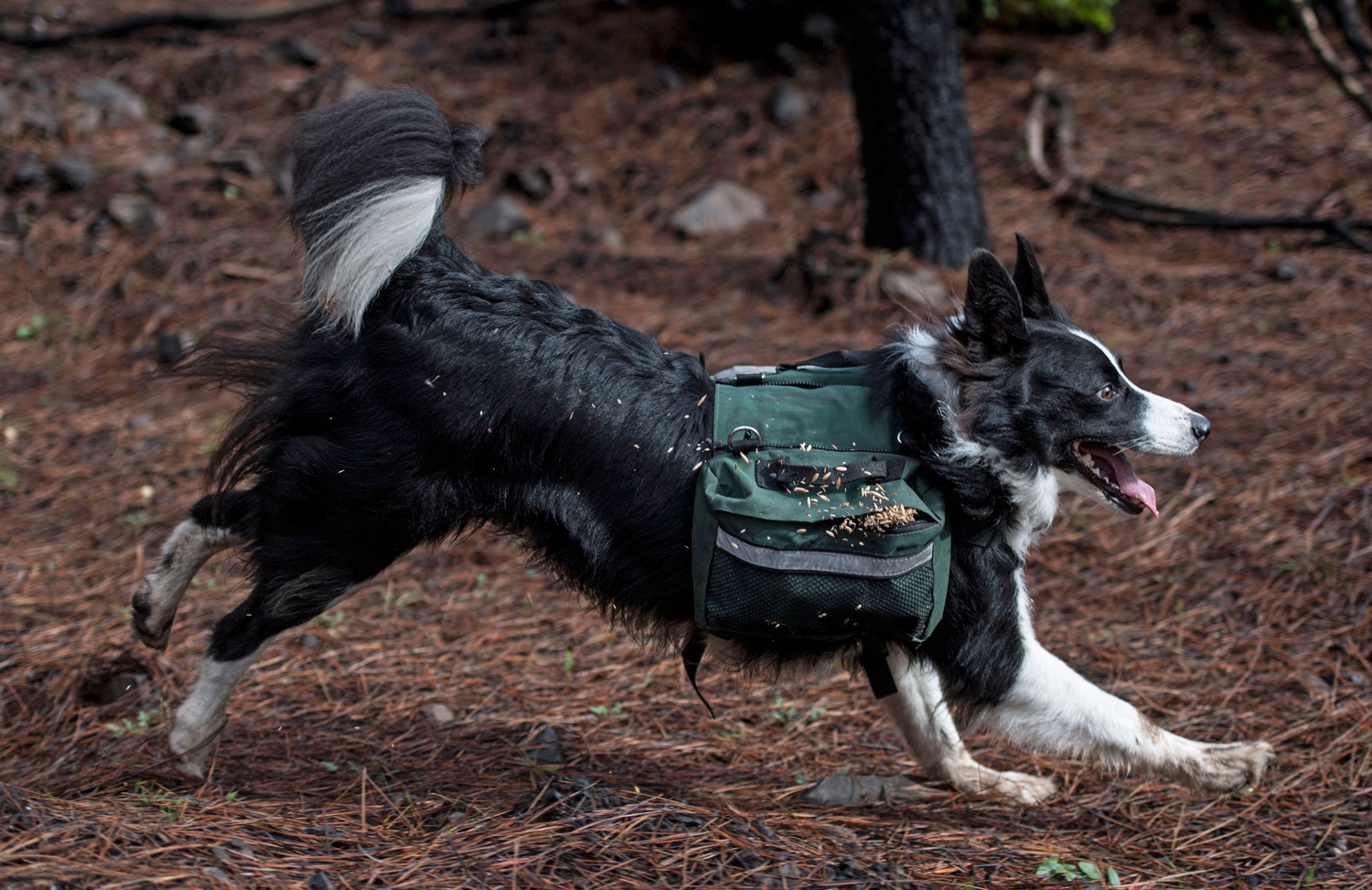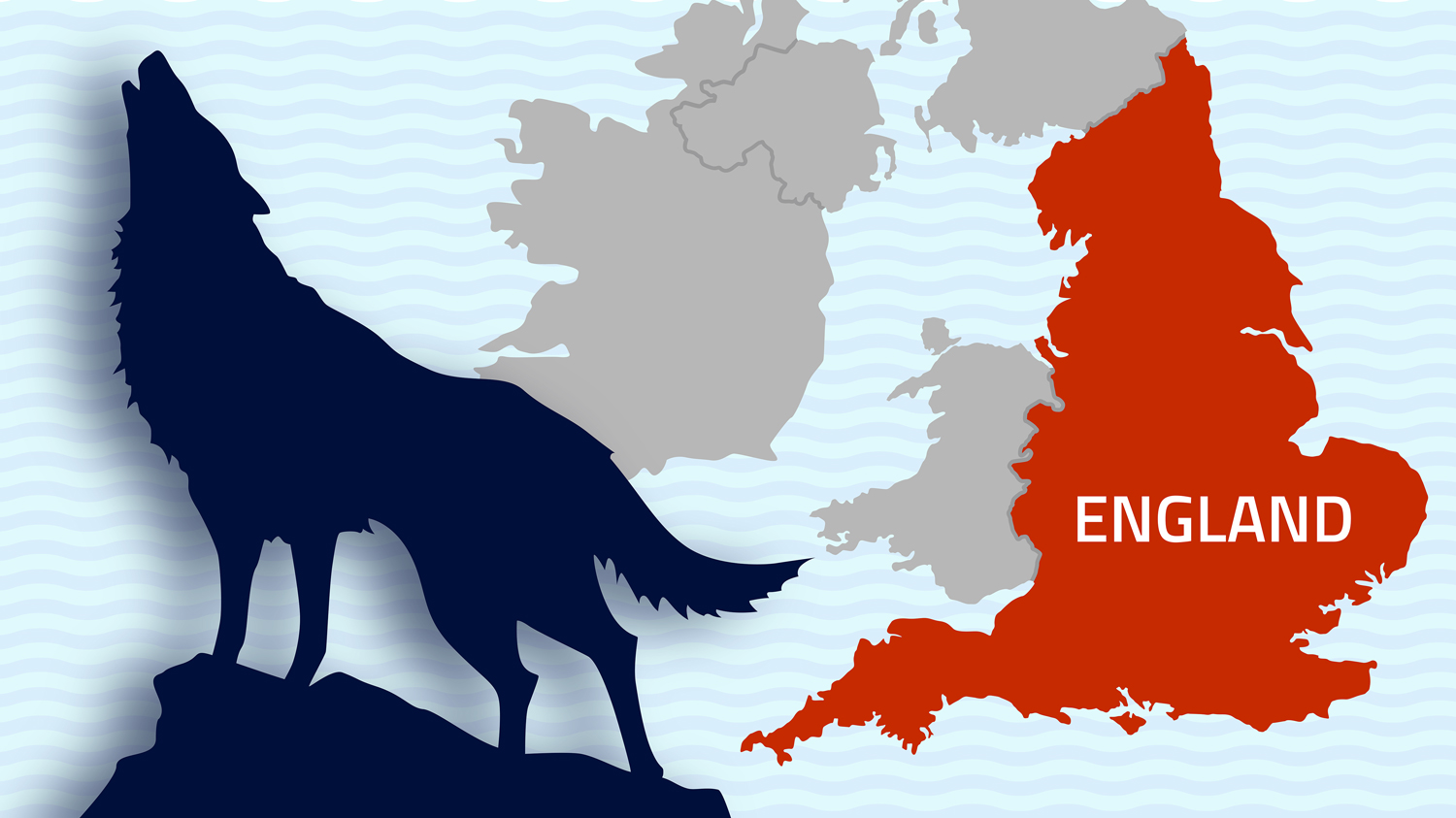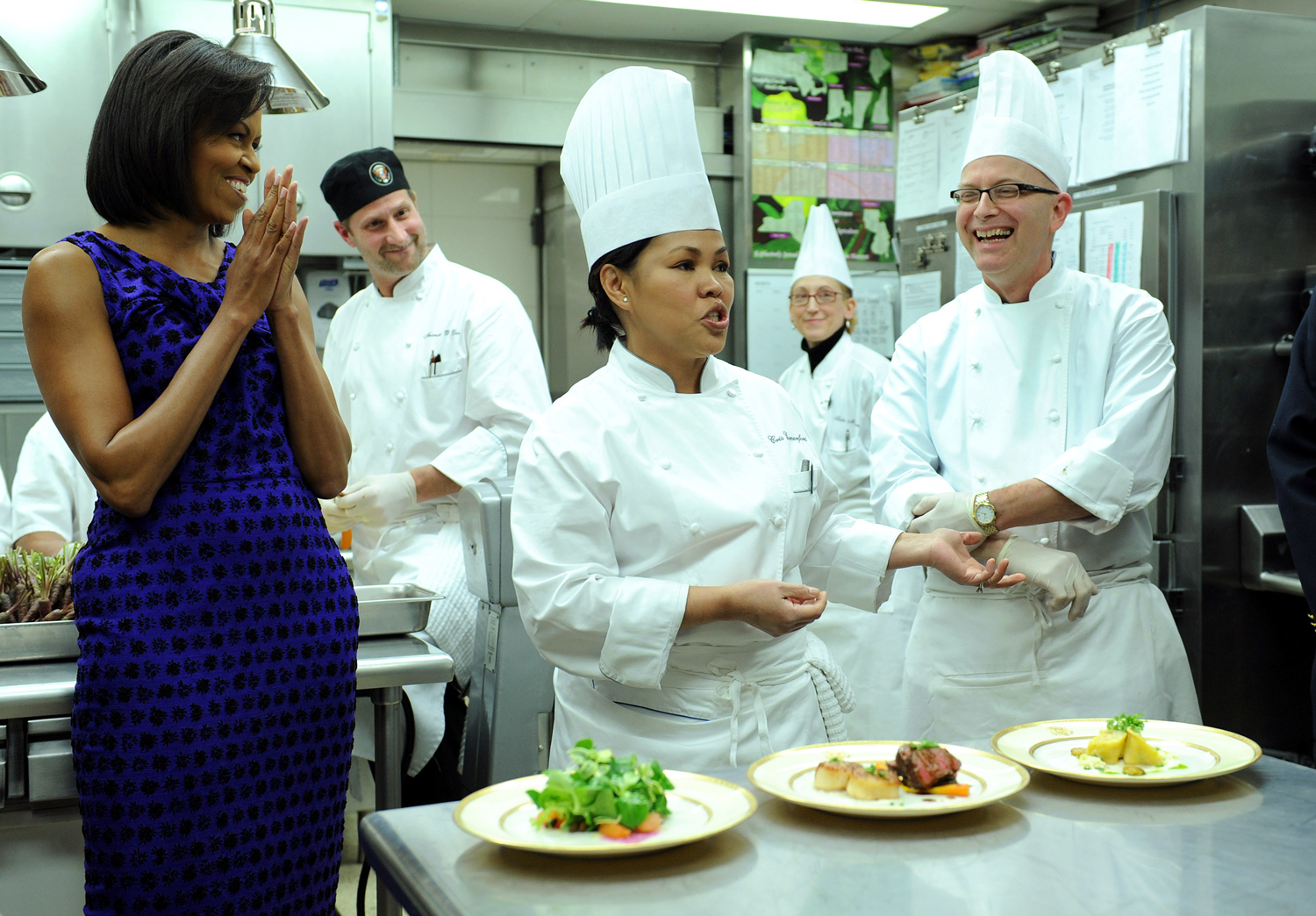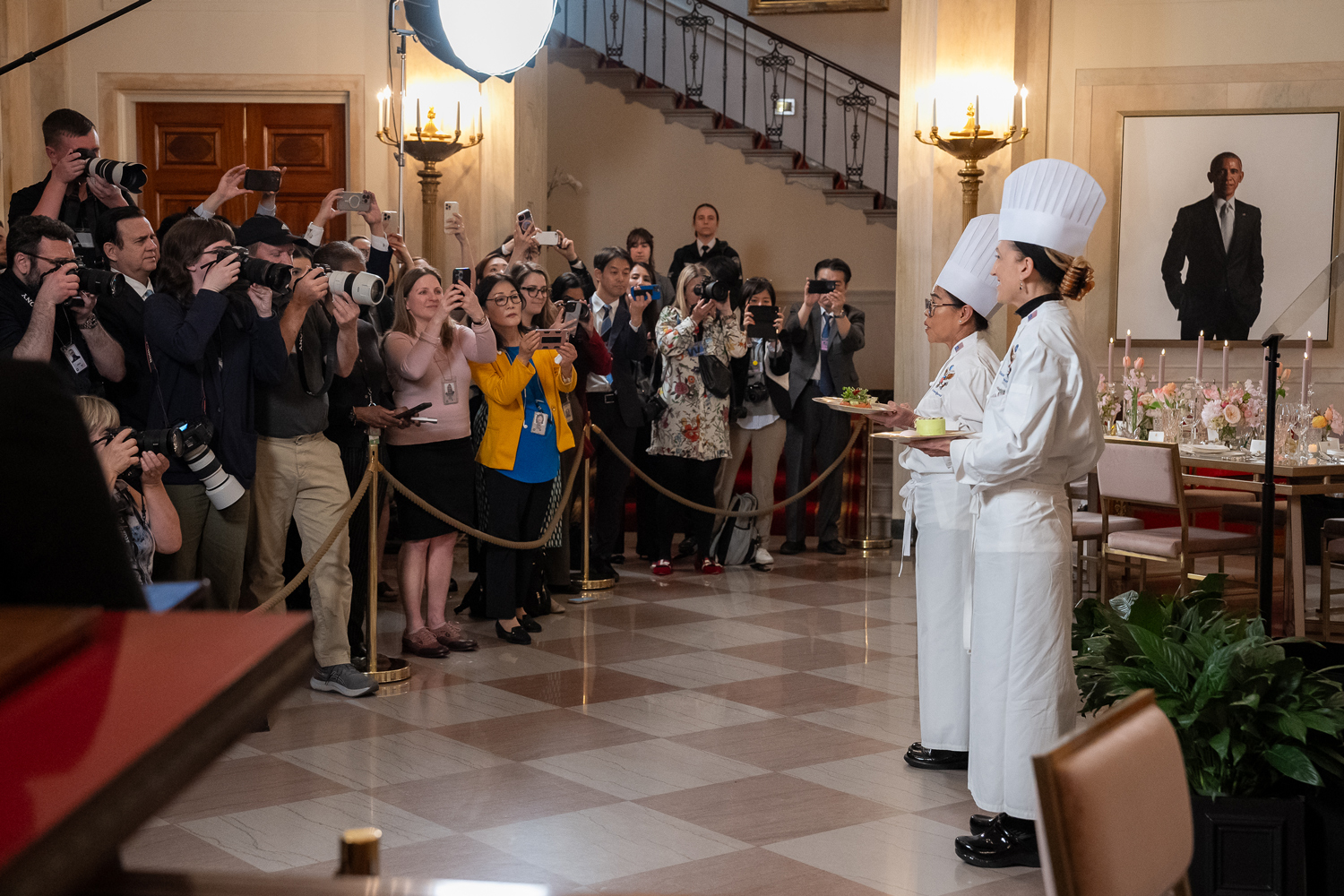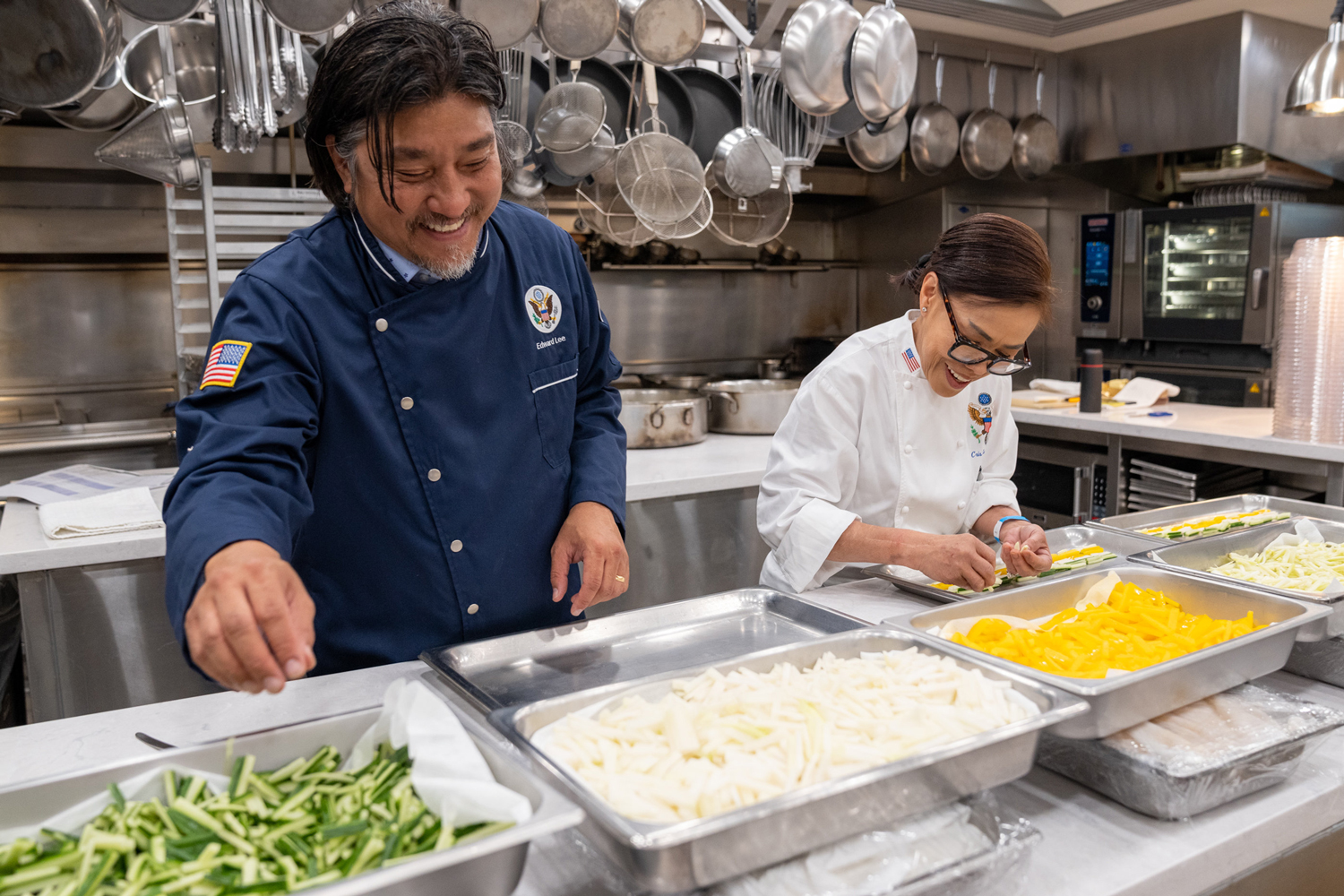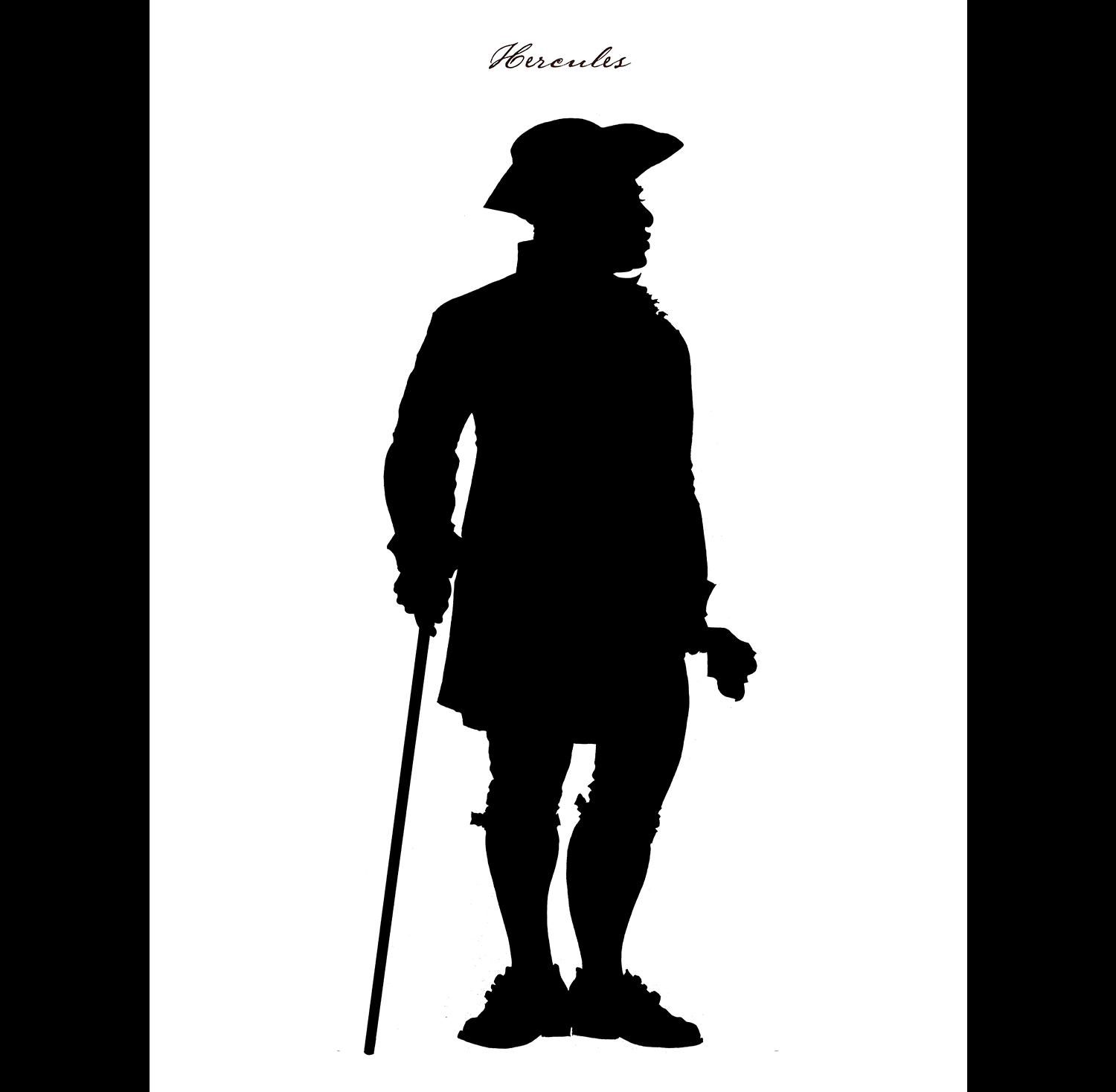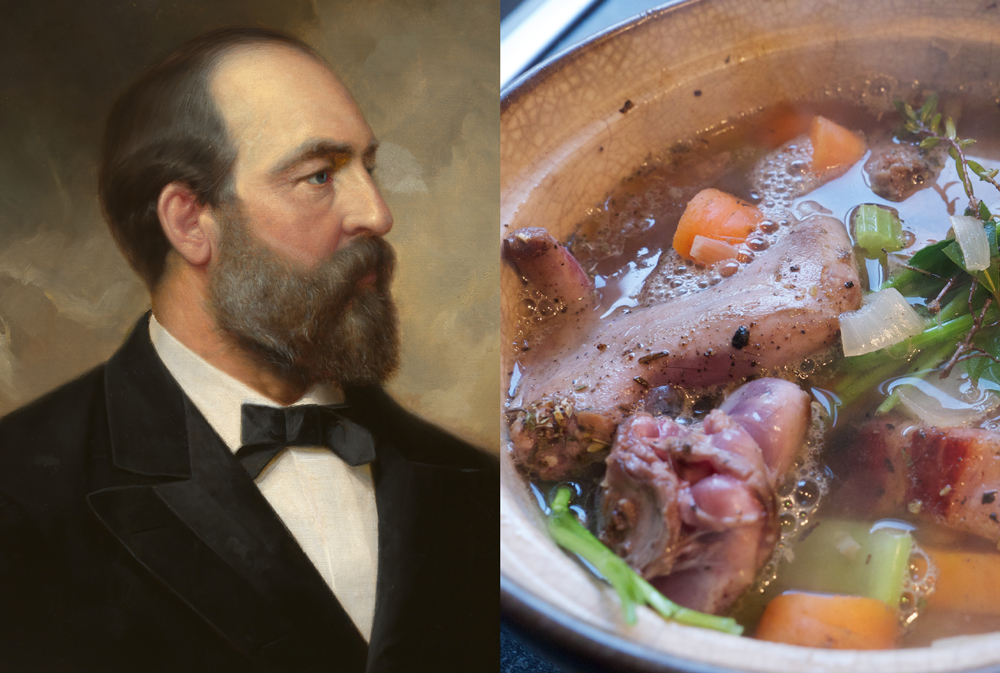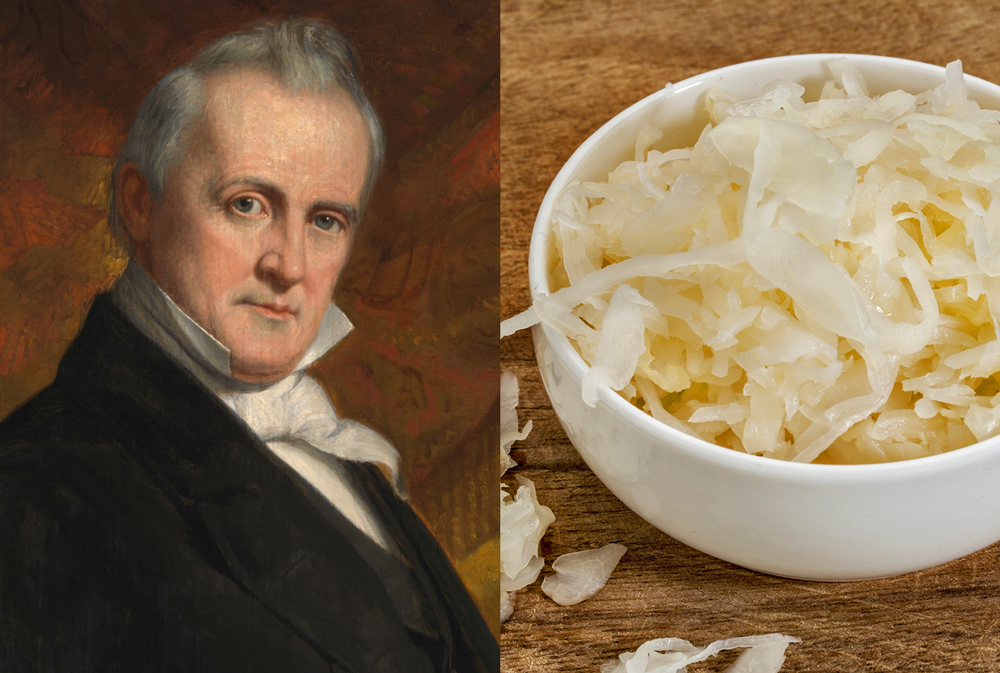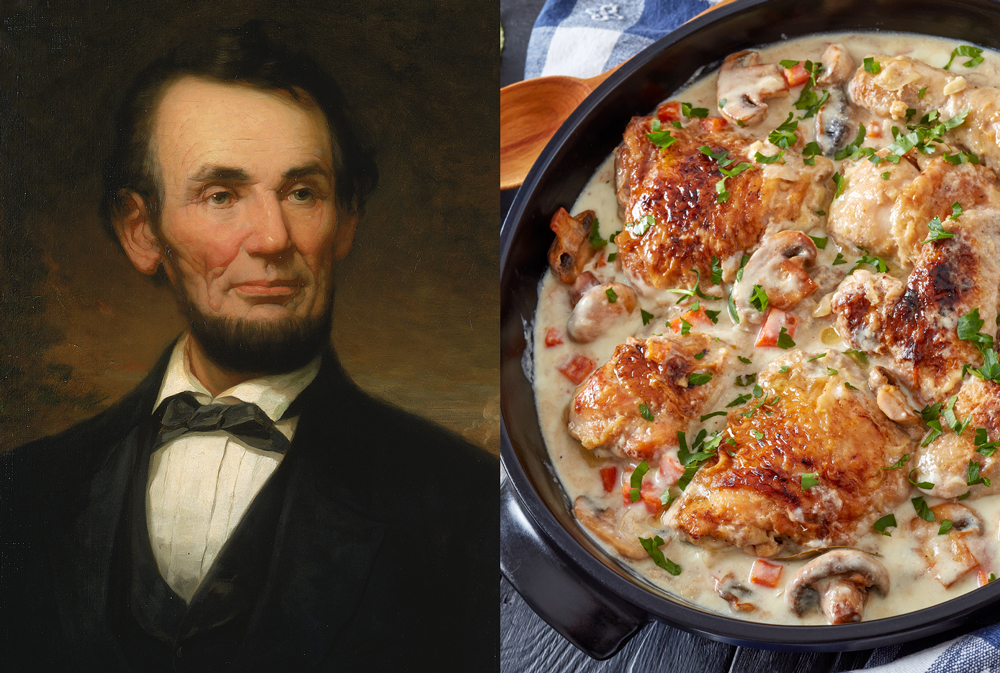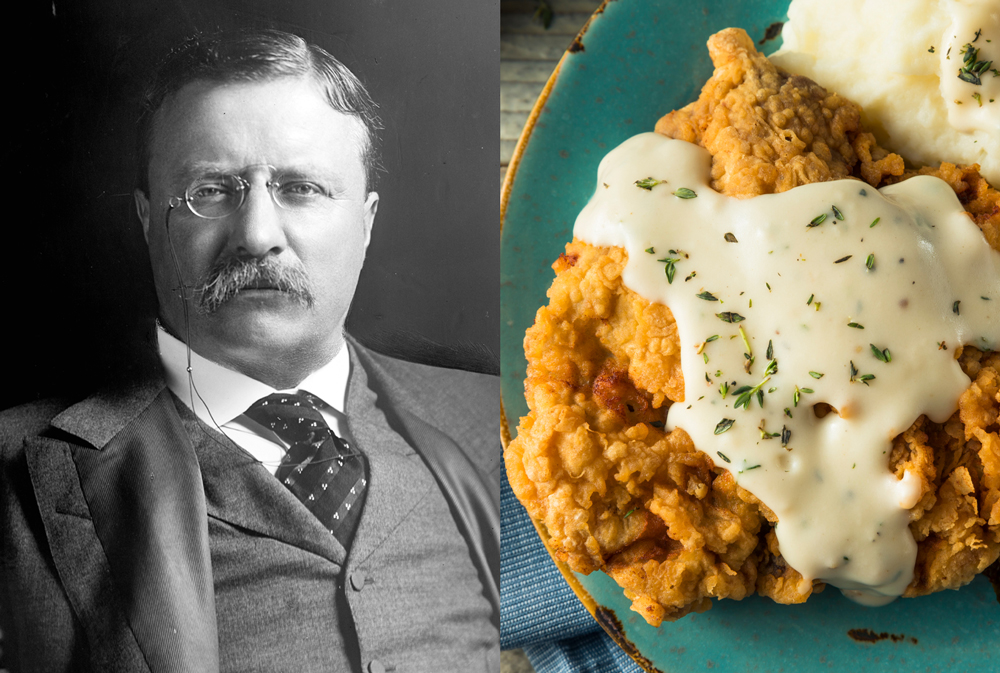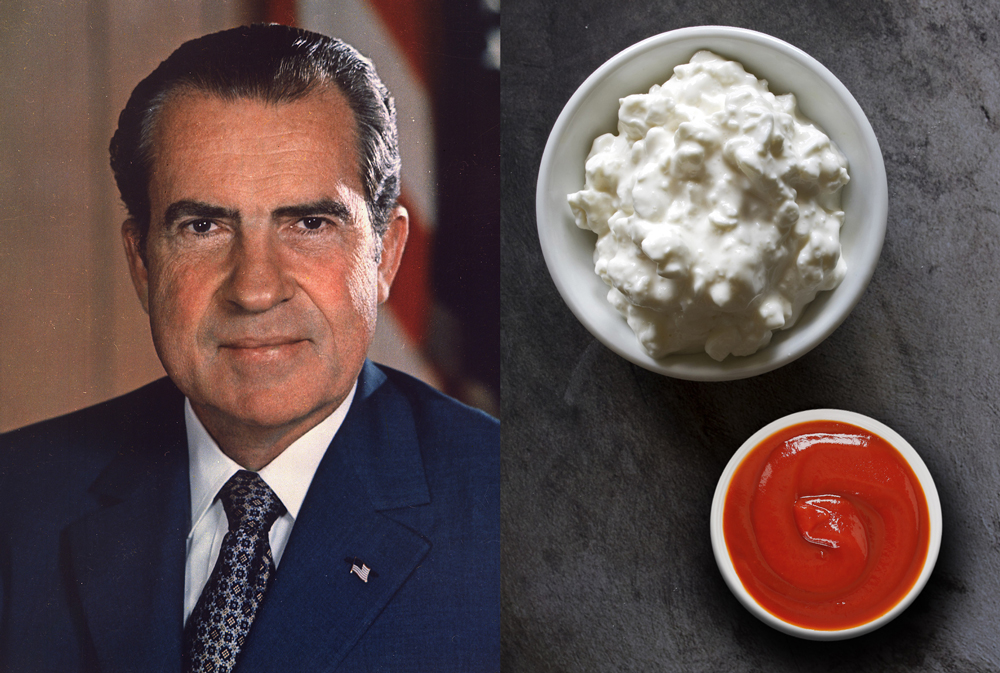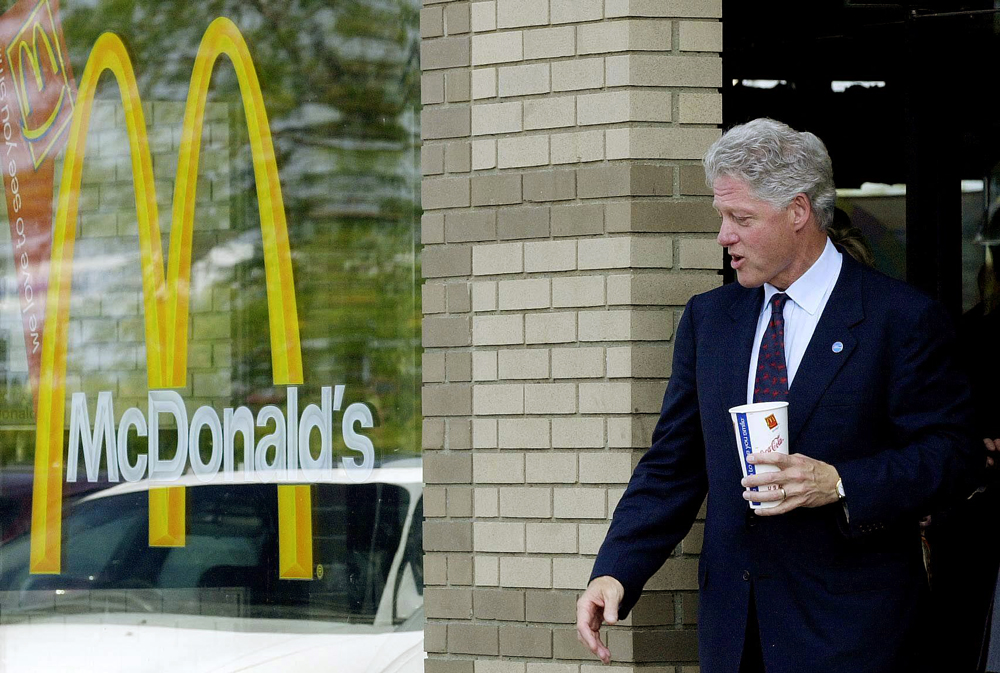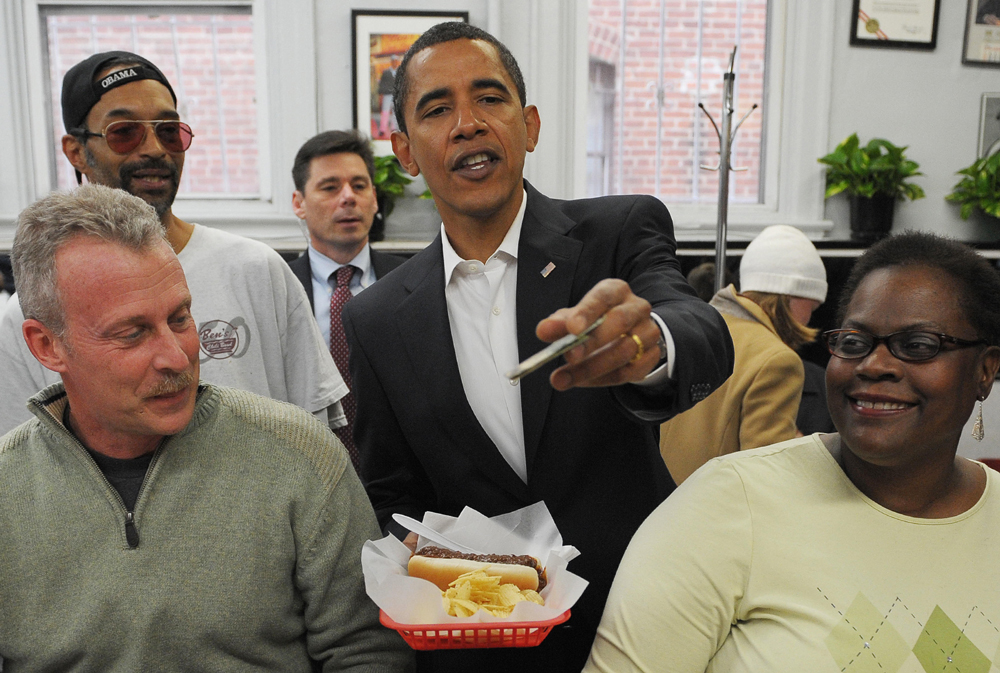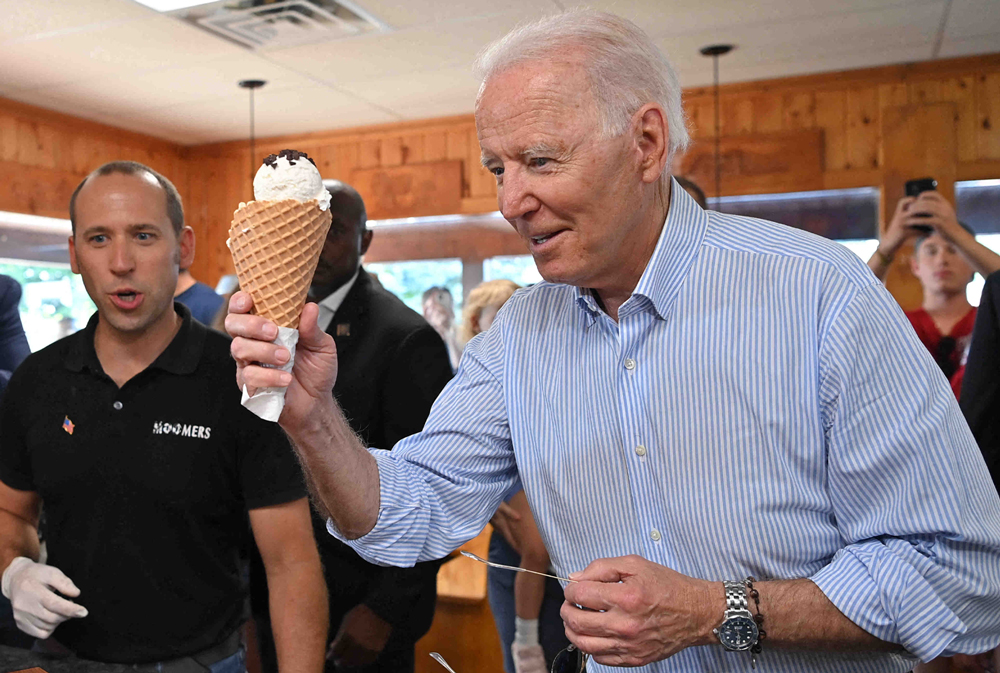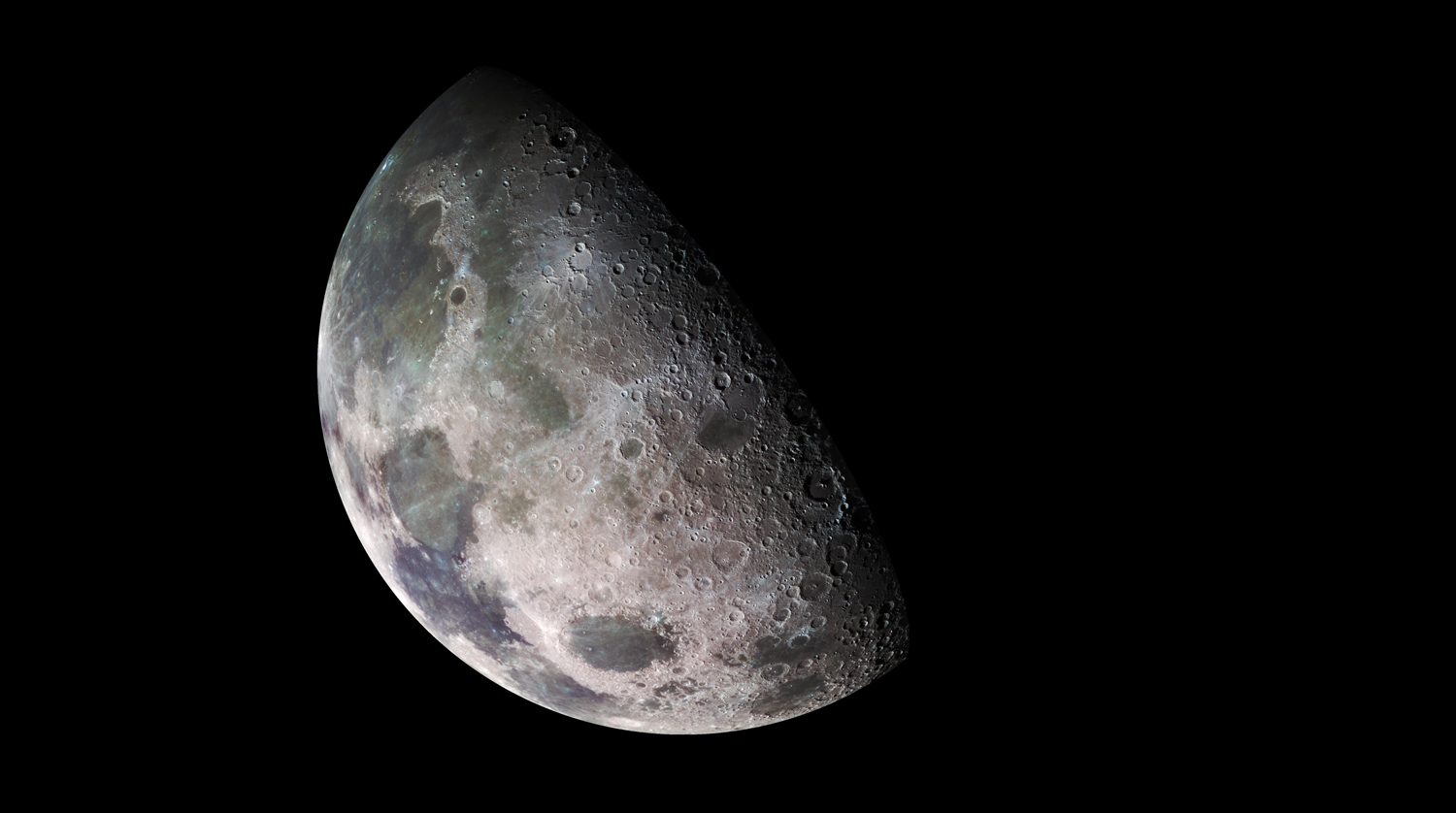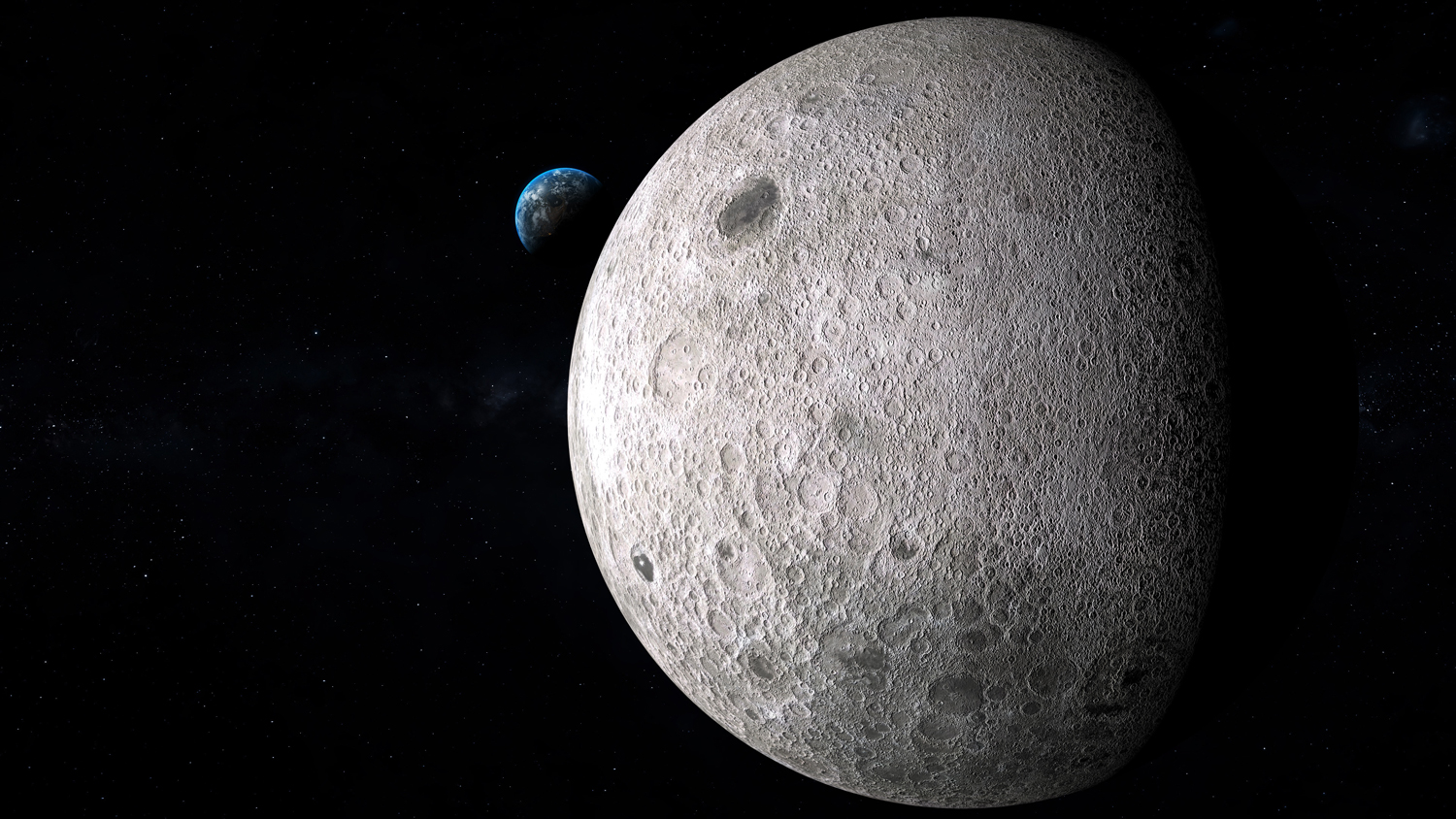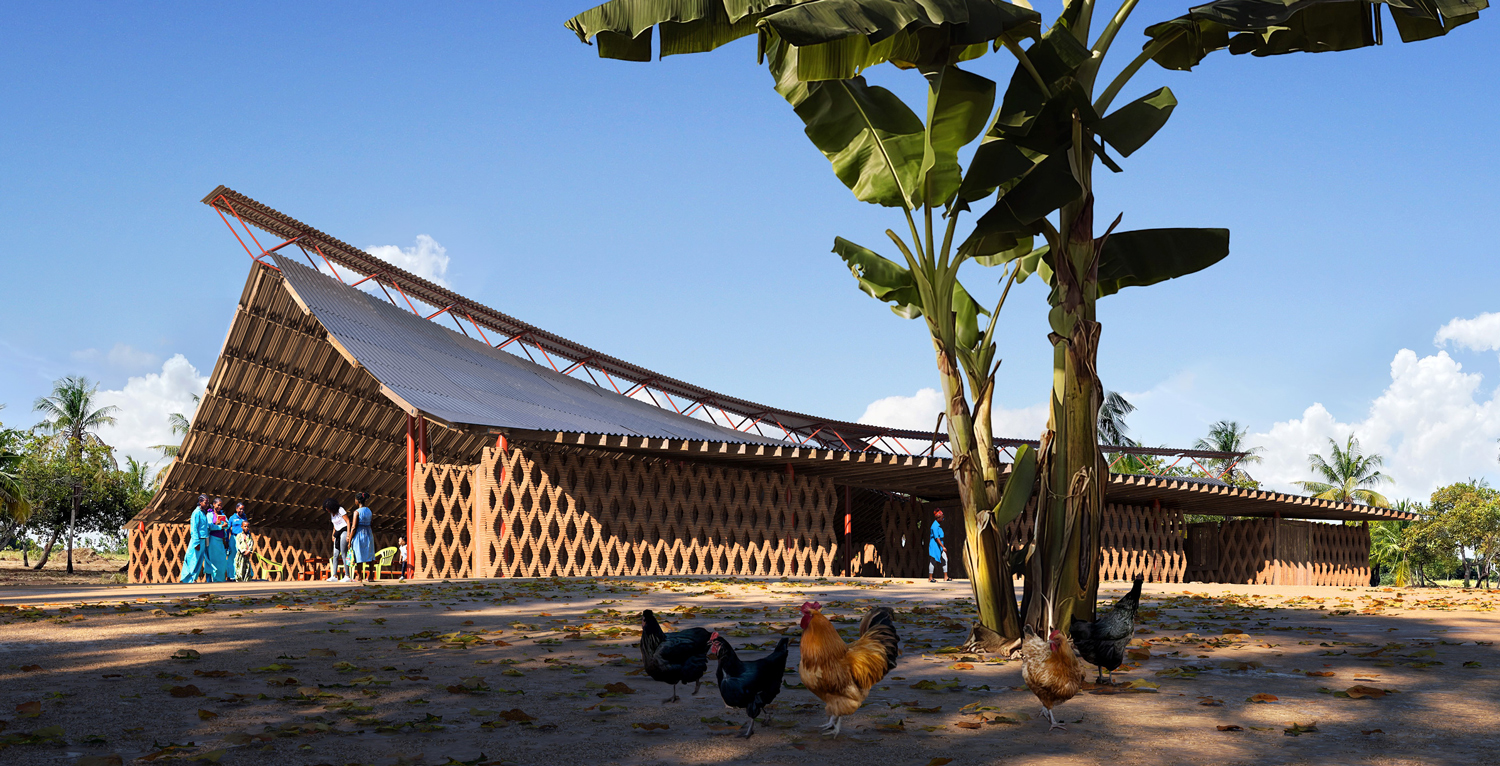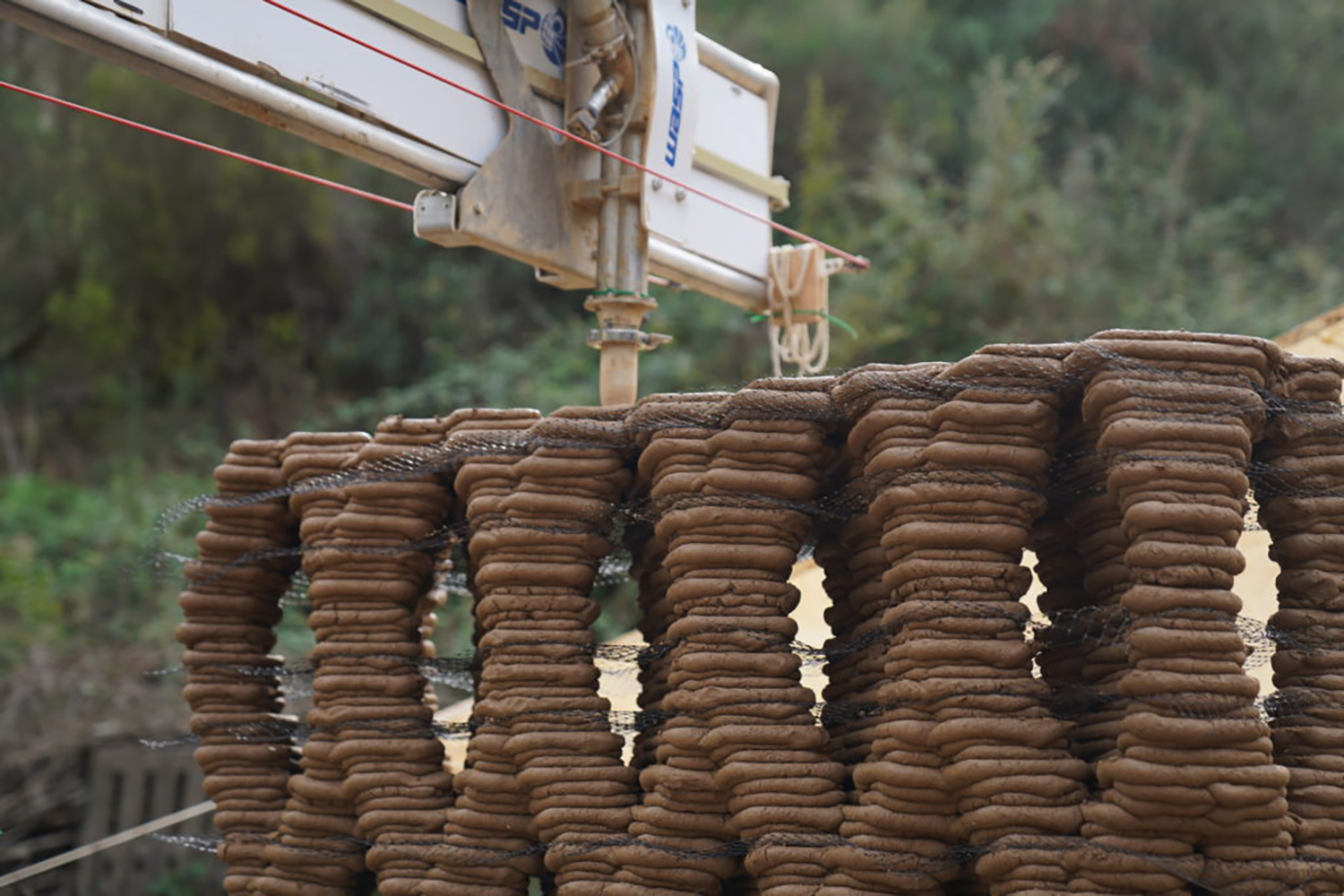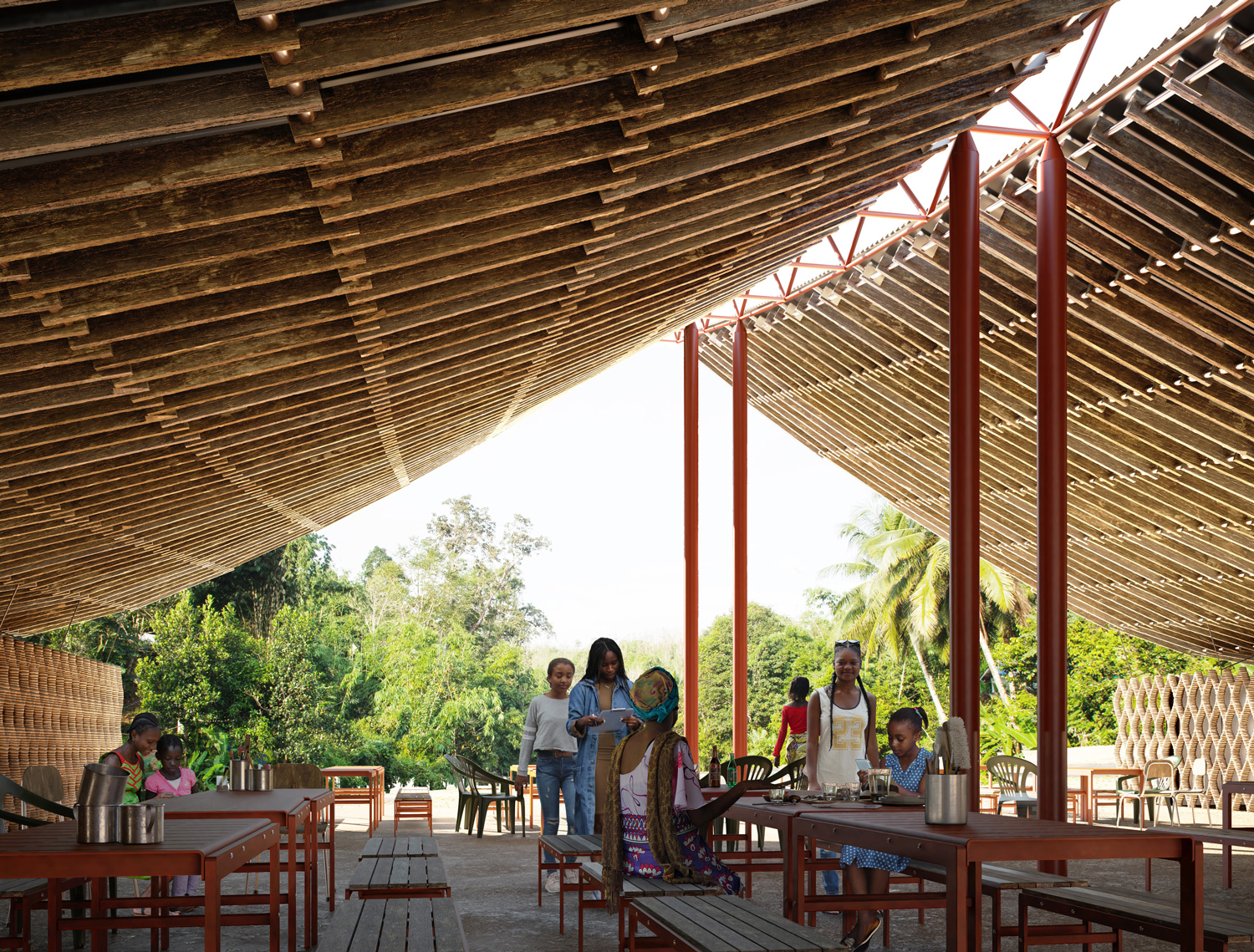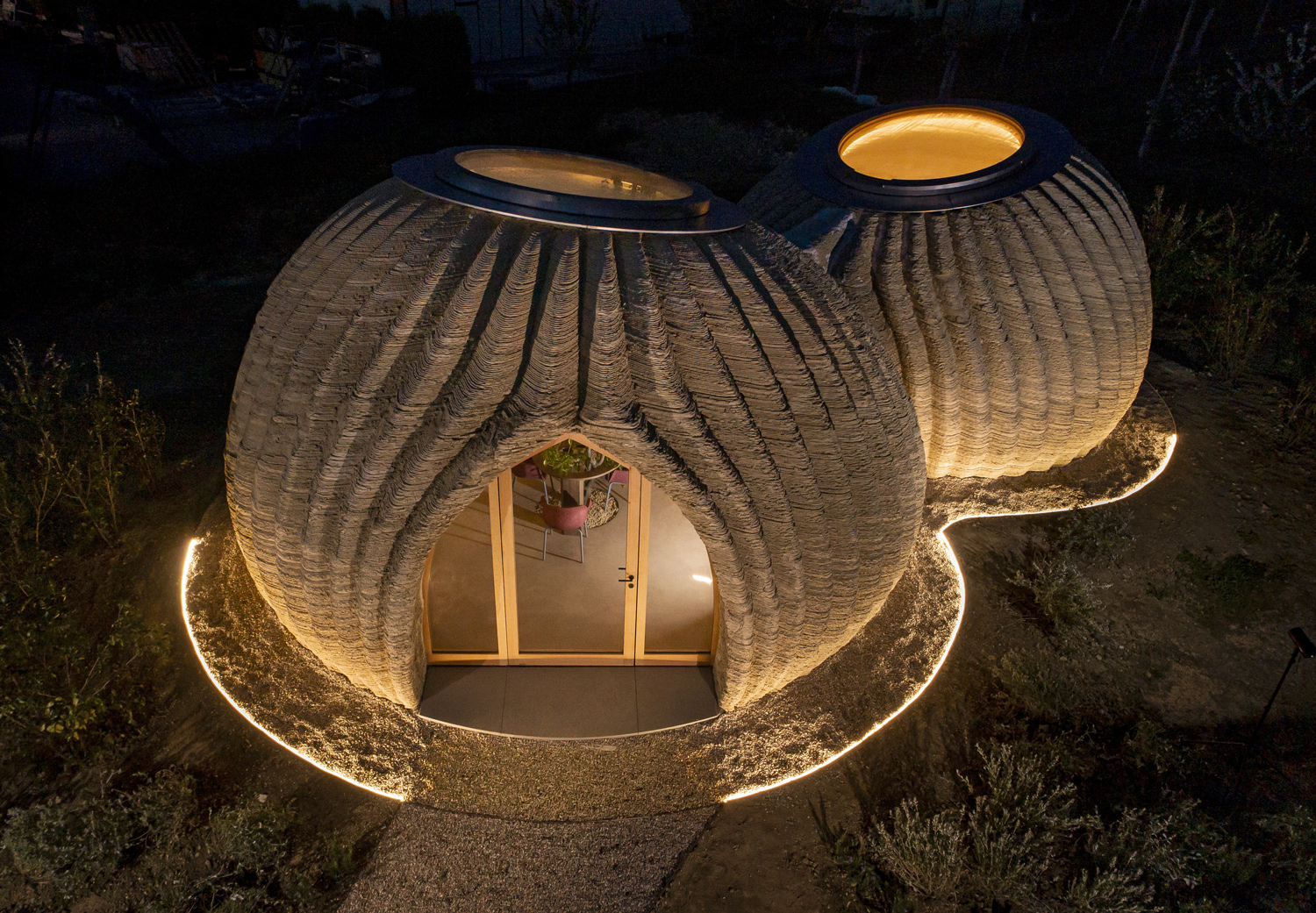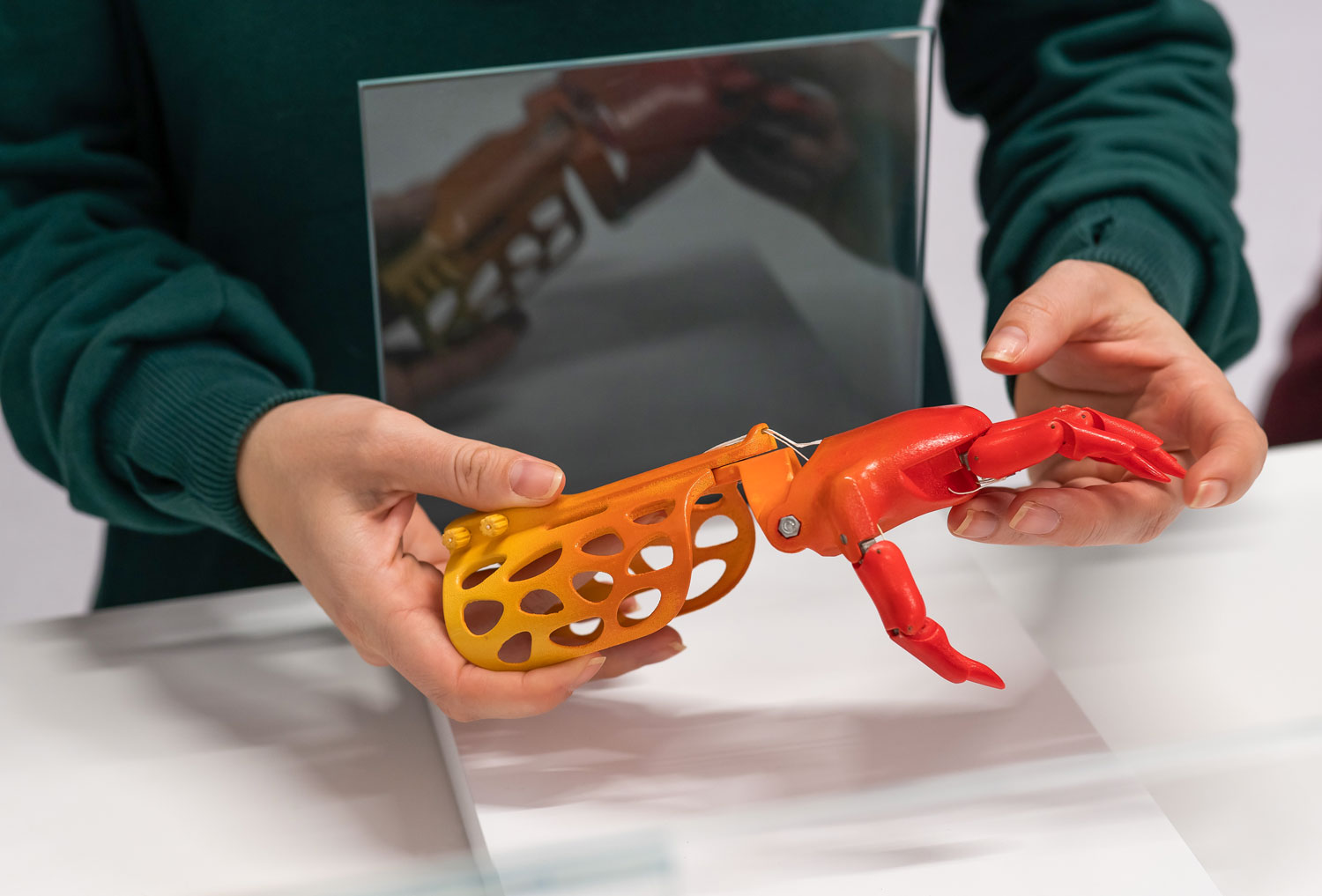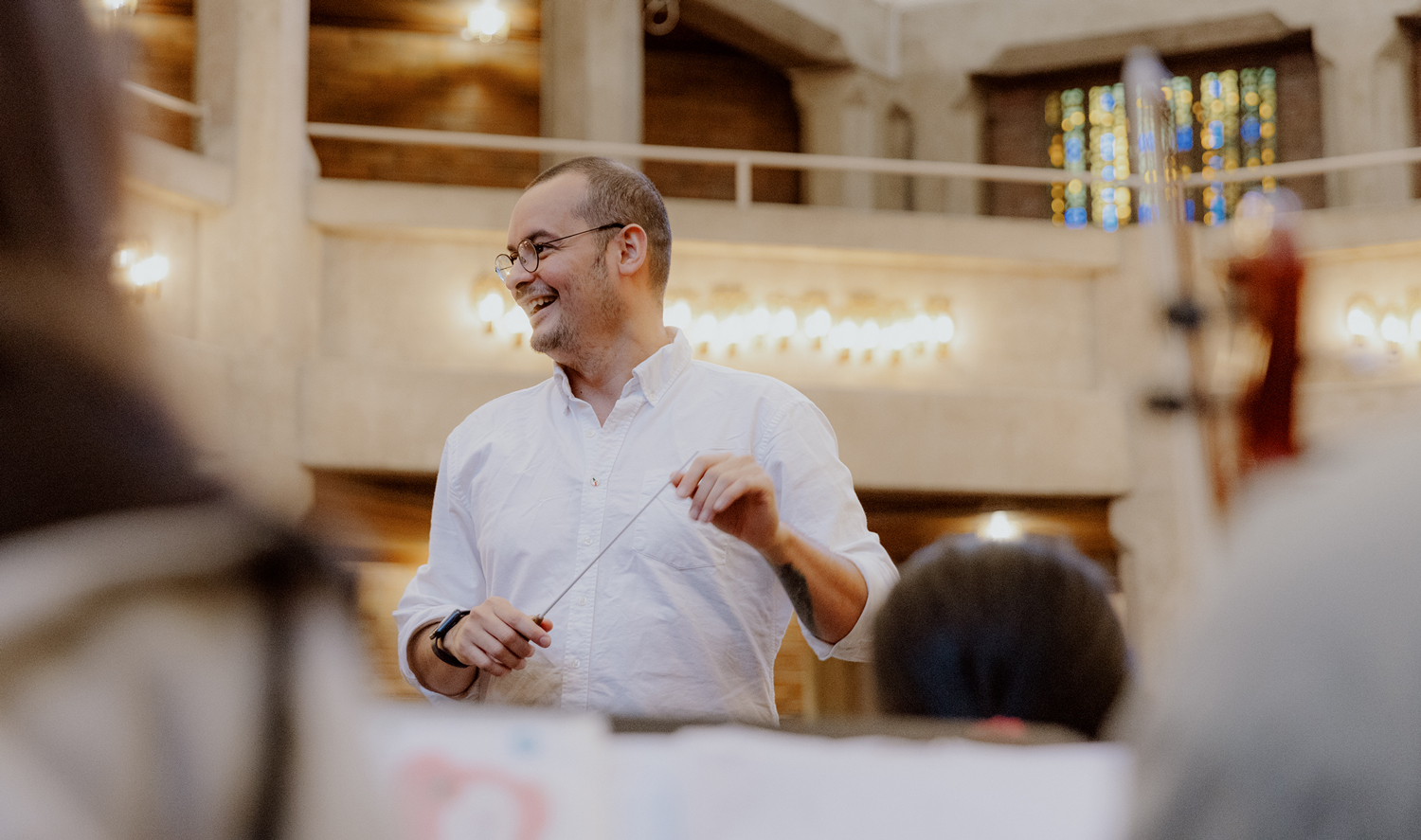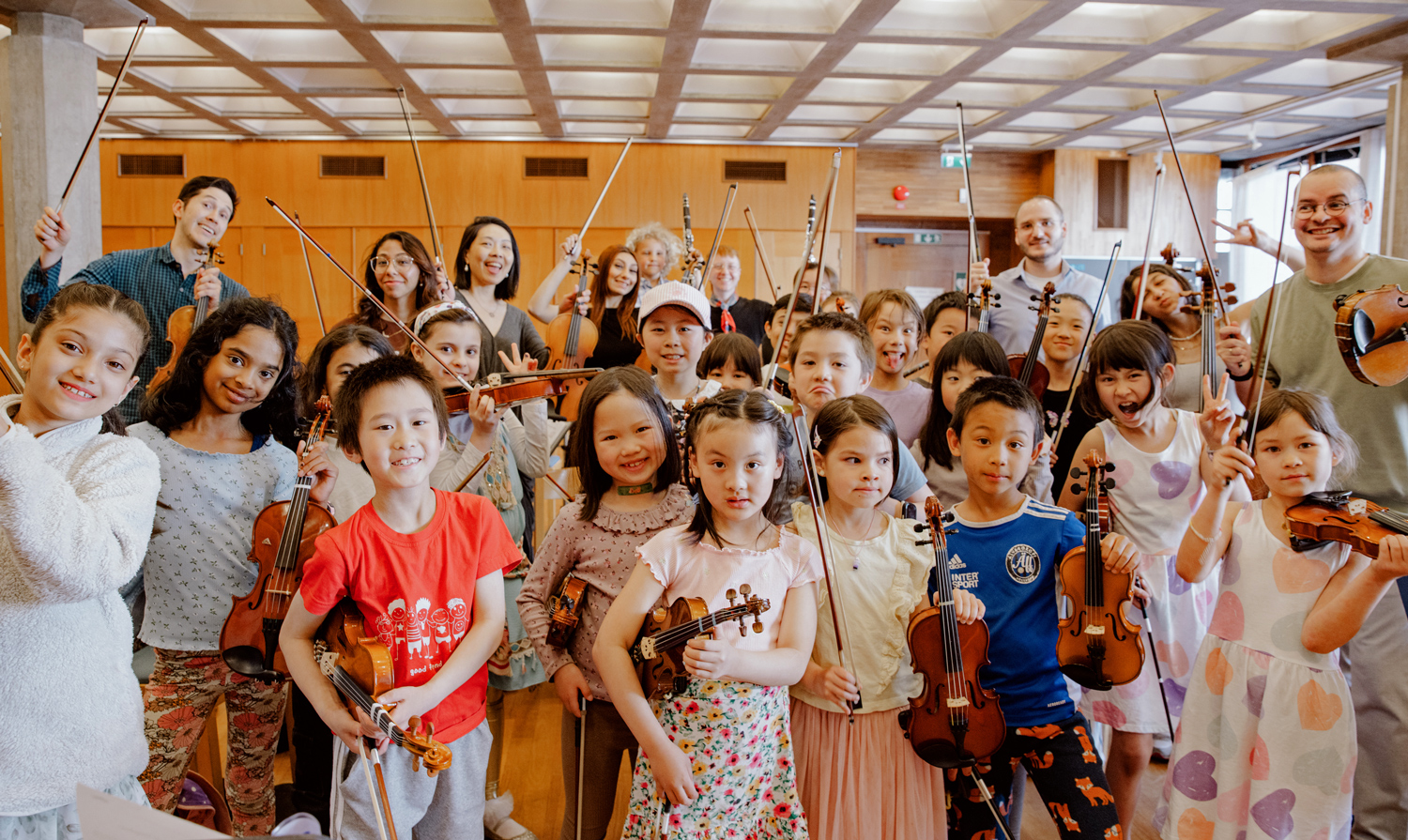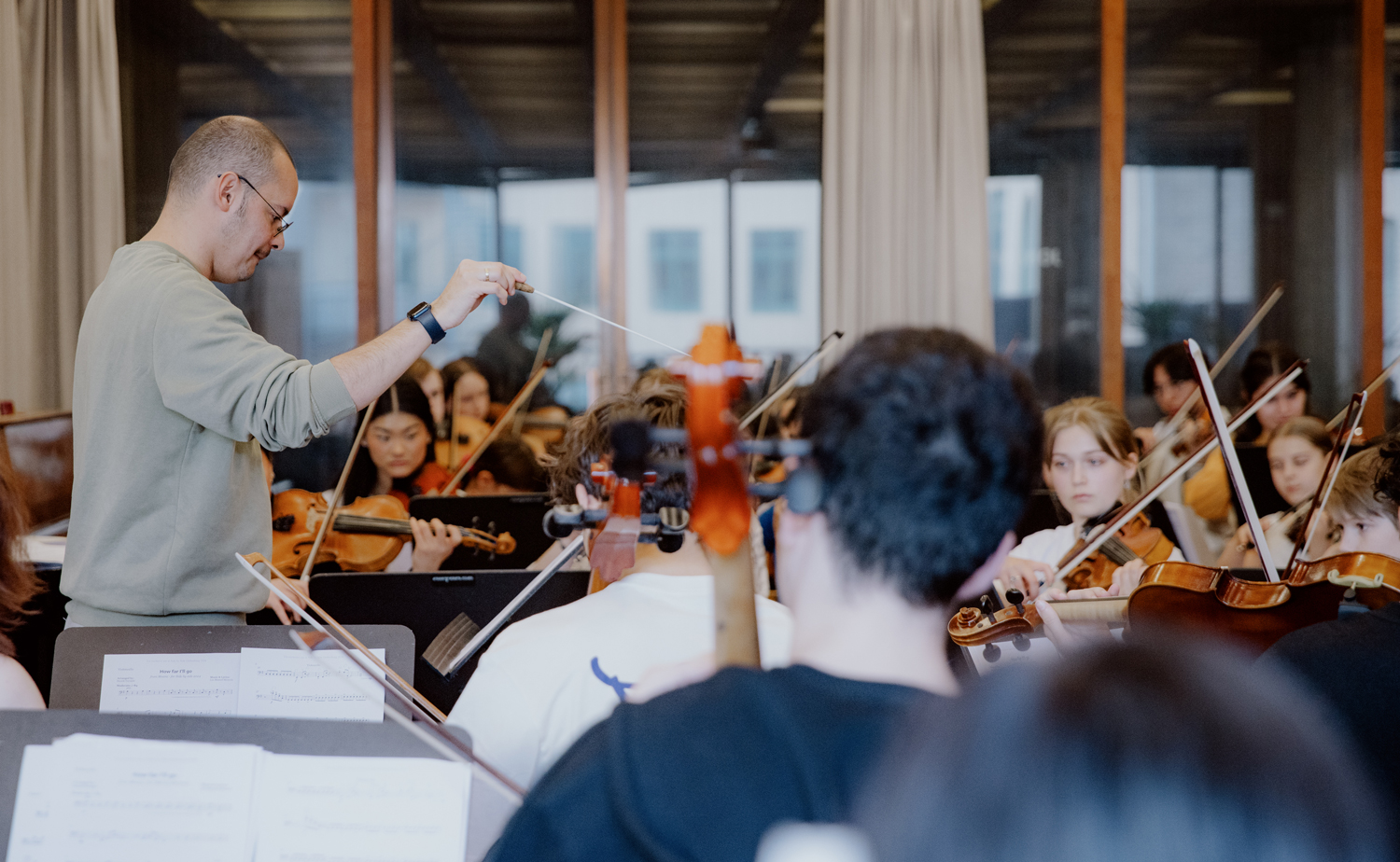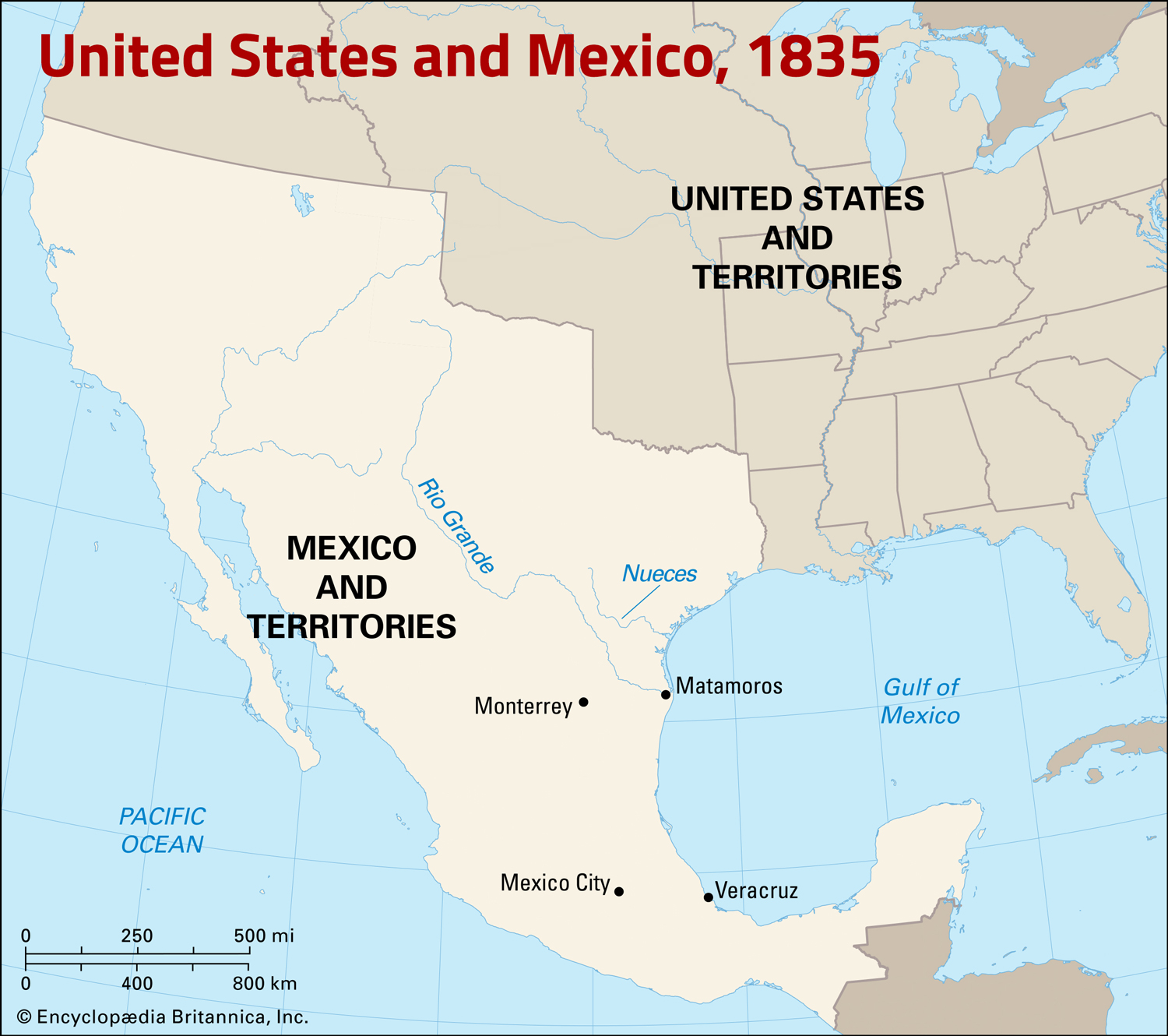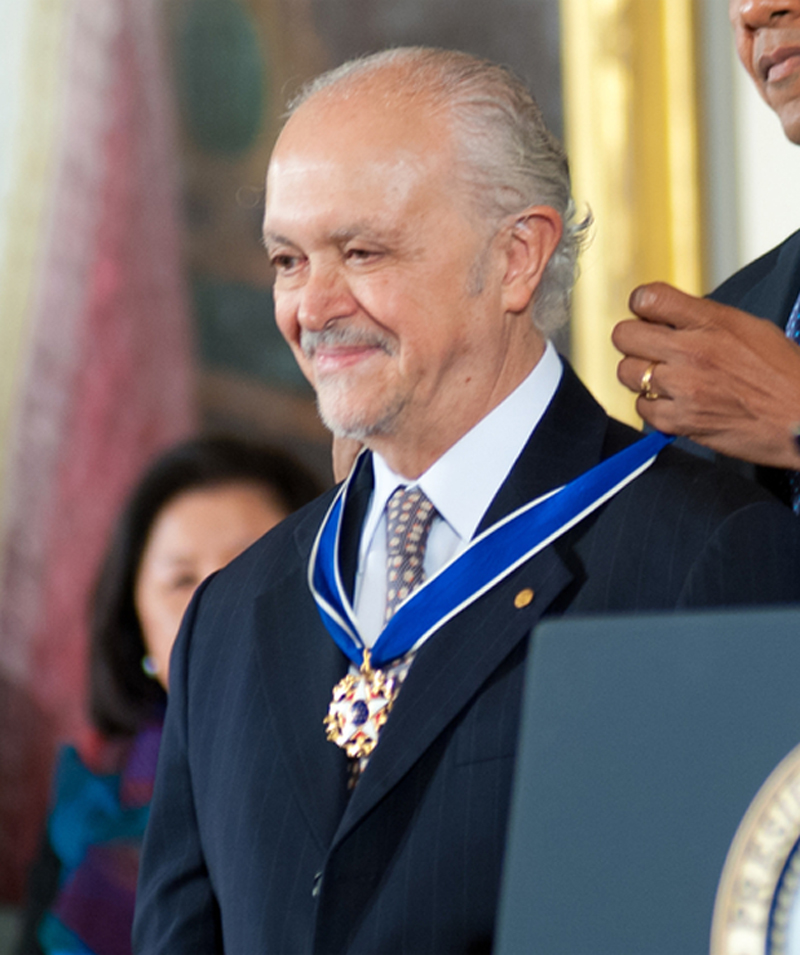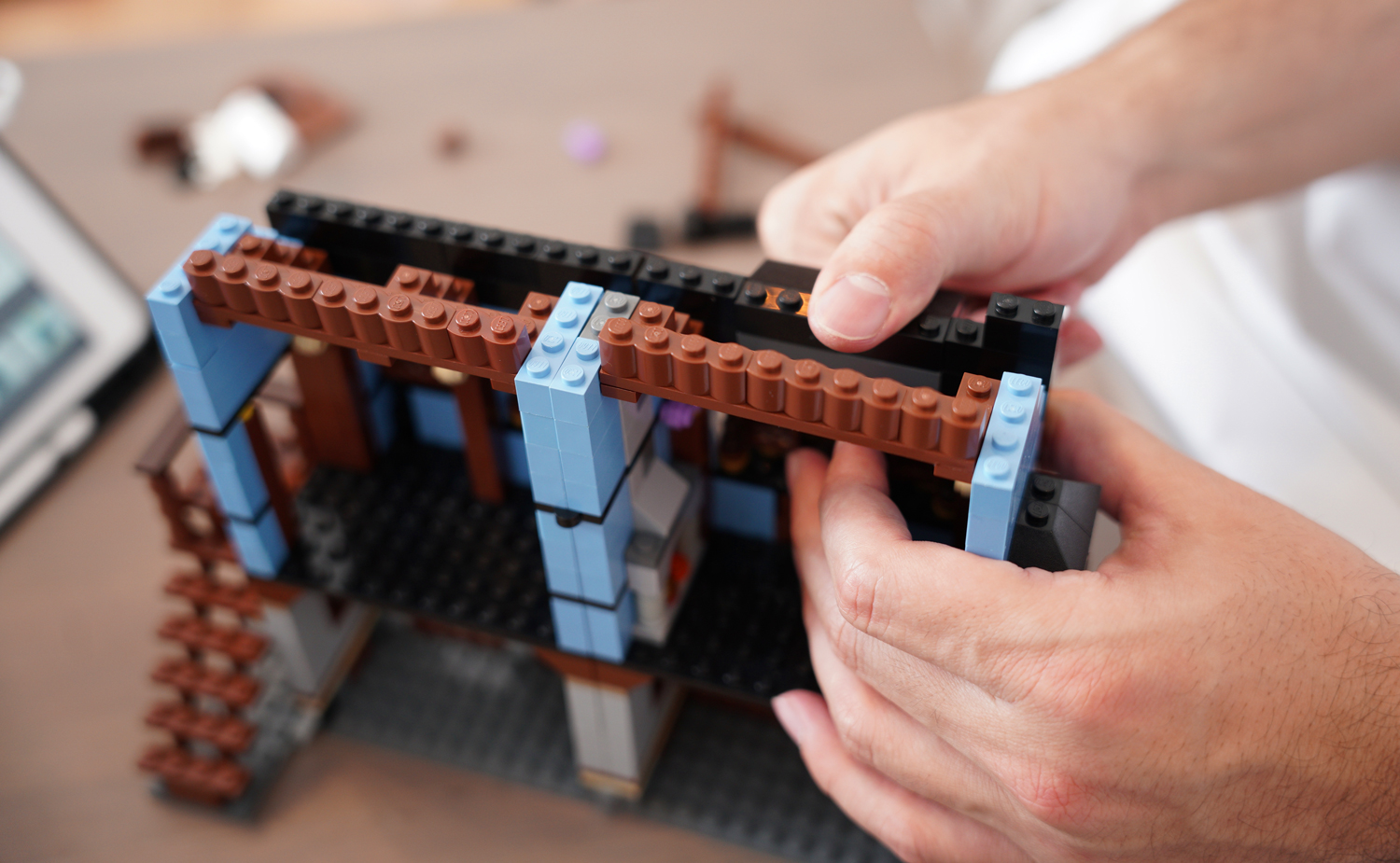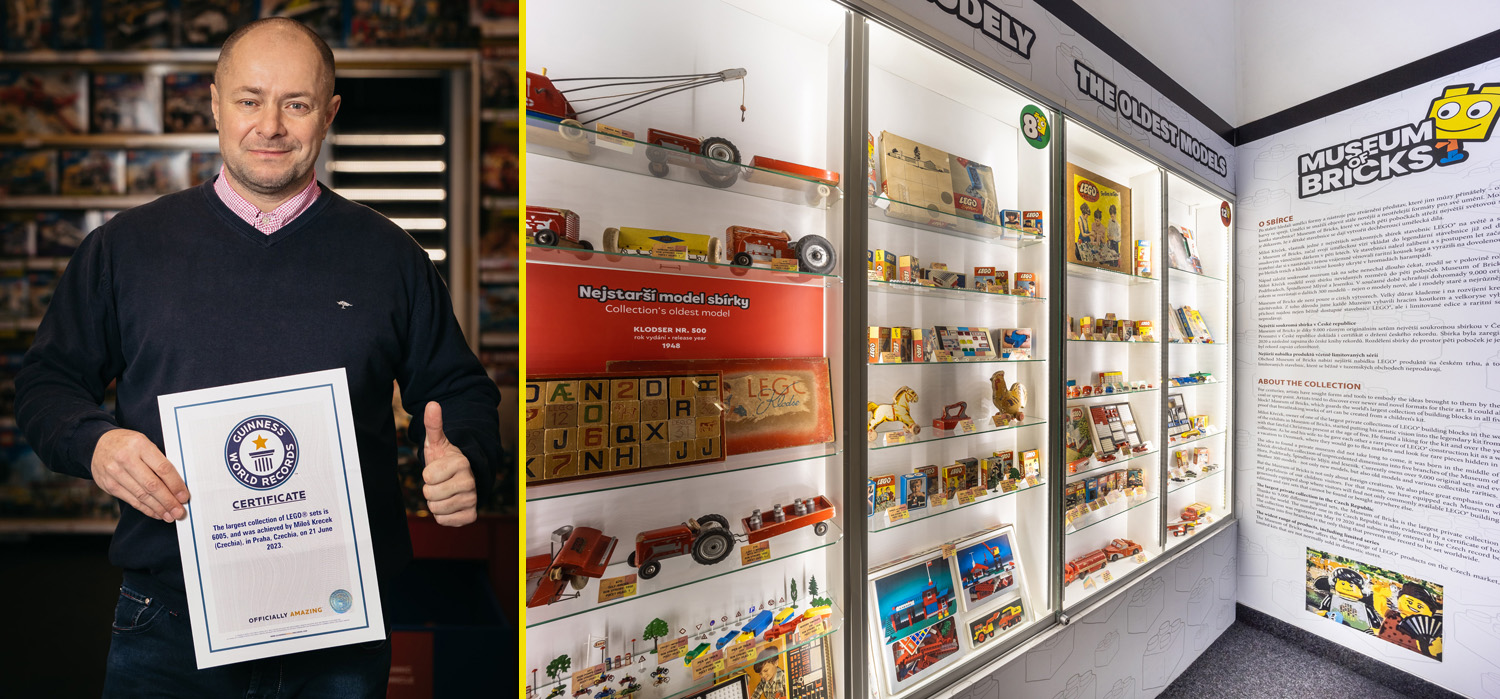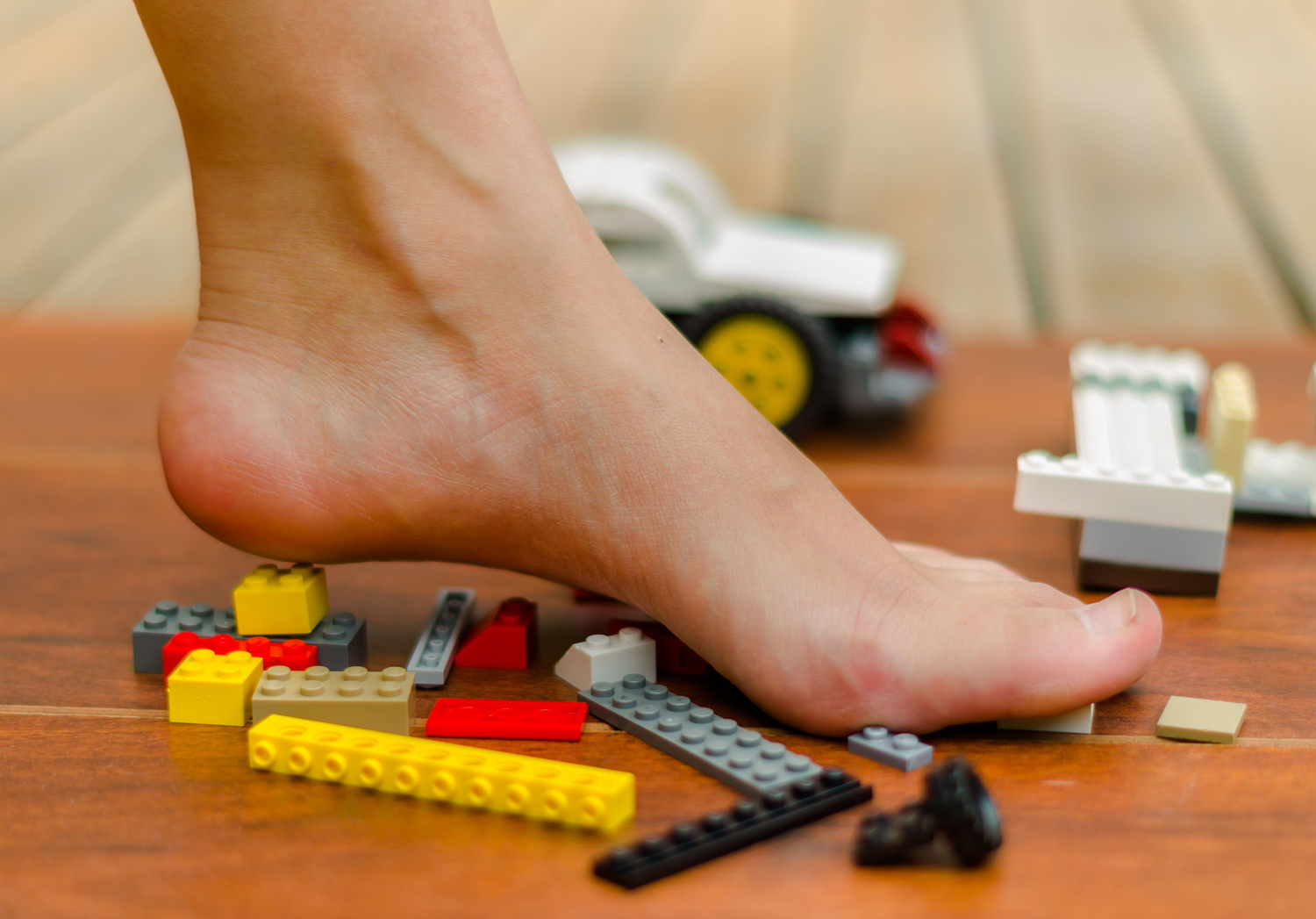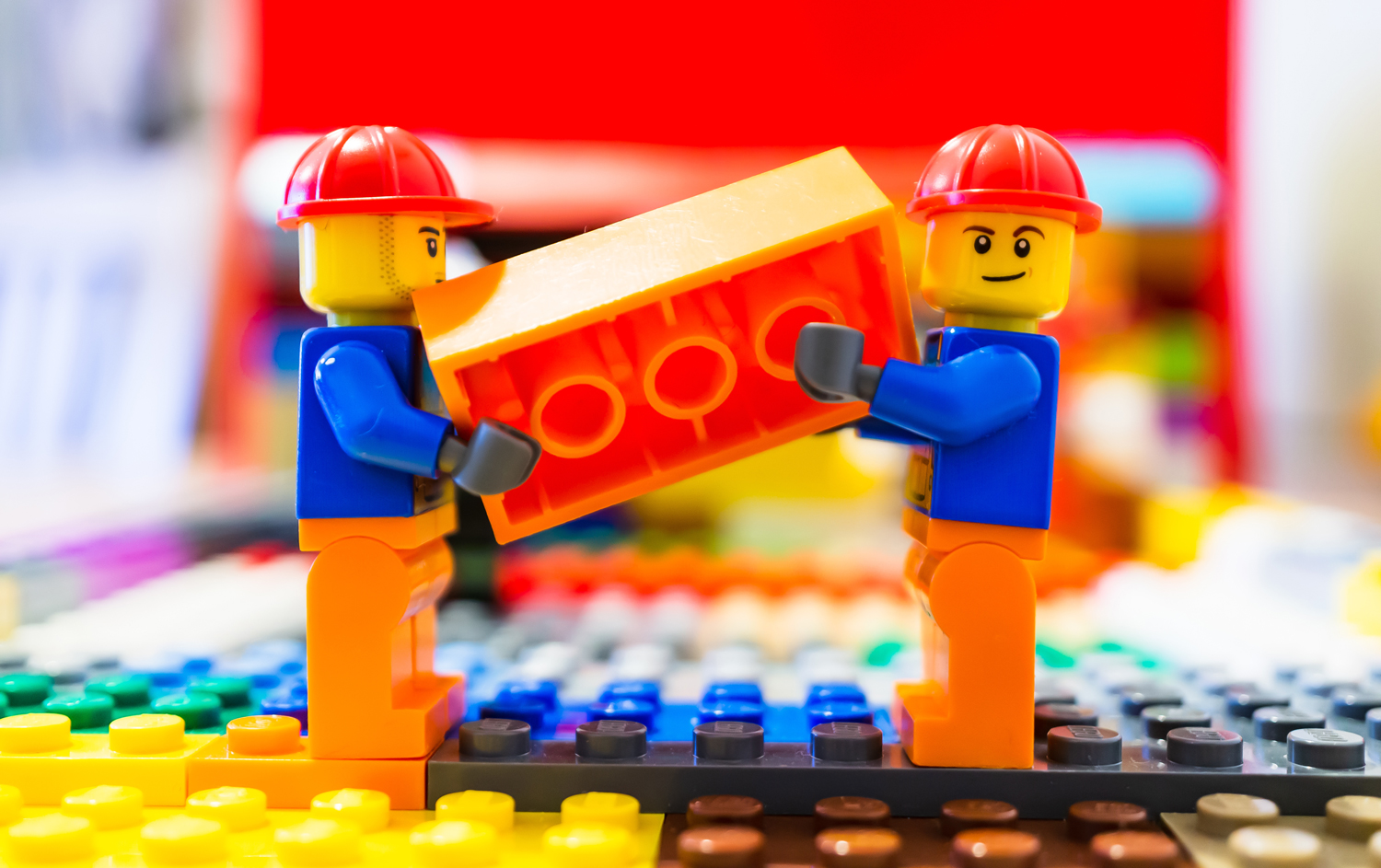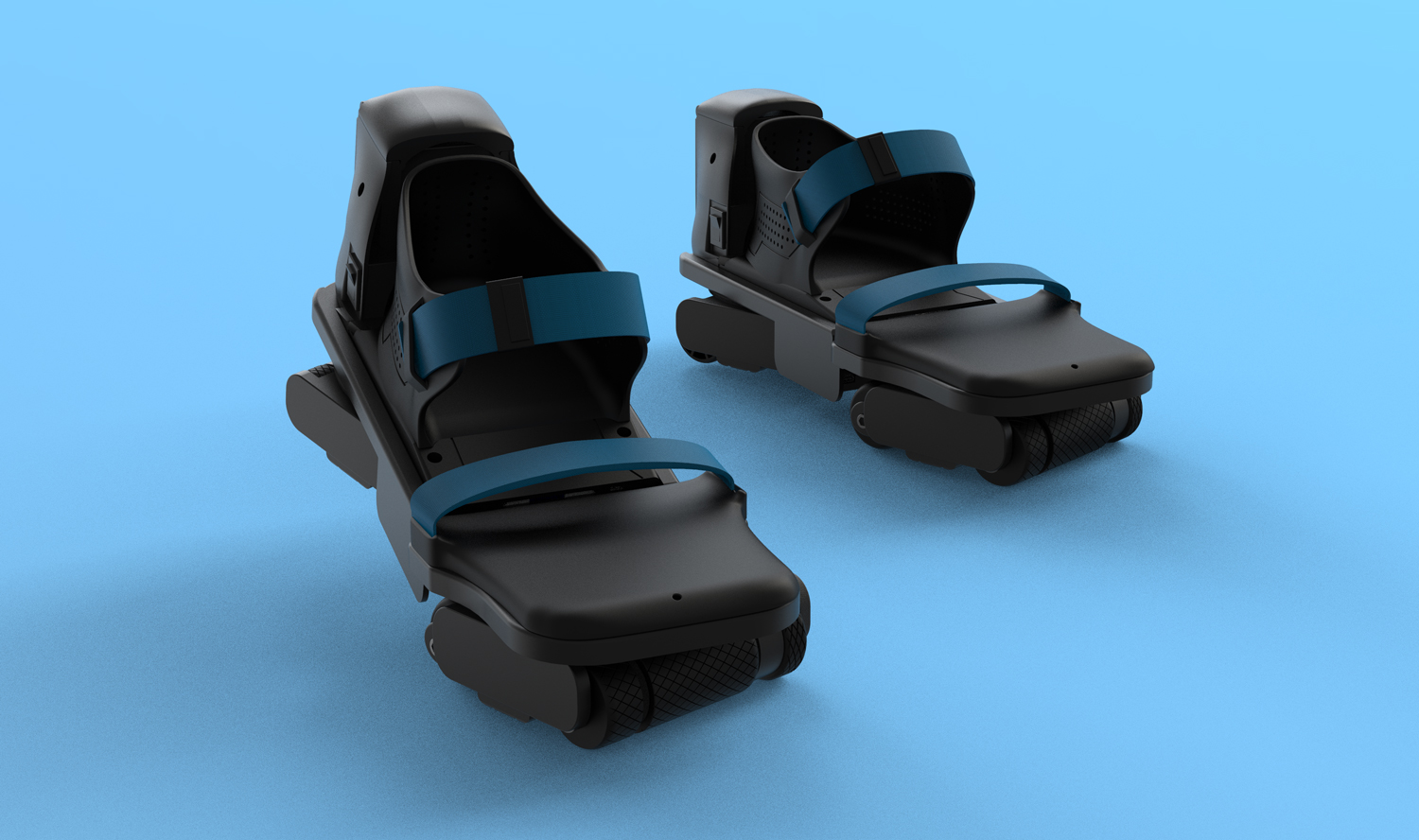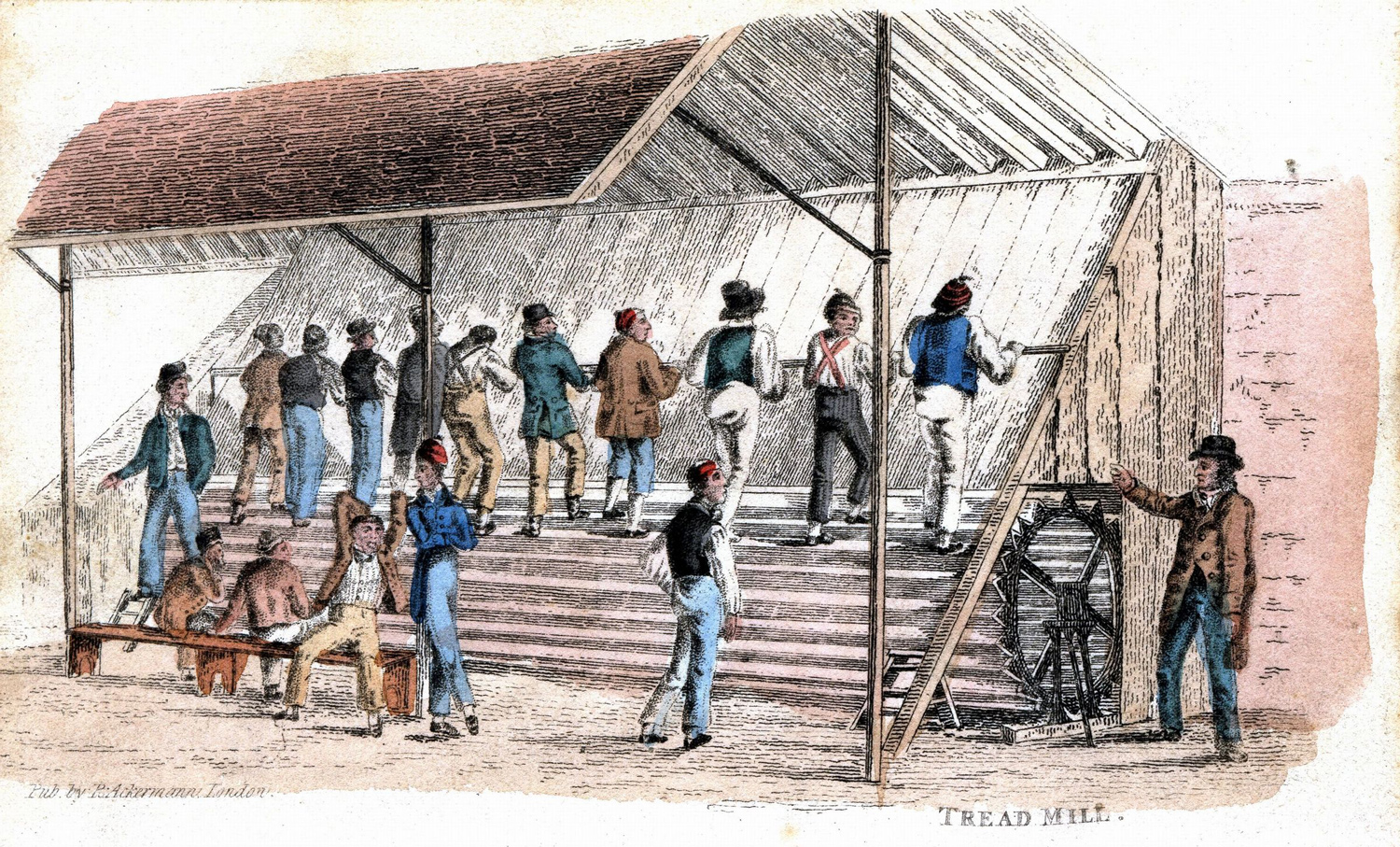Earth Gets a Mini-Moon
An asteroid has entered a path of orbit around Earth. Scientists are calling it a temporary mini-moon.
Tony Dunn
In this video, the path of Earth’s moon is shown in white, while the path of the 2024 PT5 (the mini-moon) is in red.
Unlike some of its neighbors in the solar system, Earth has just one moon. But for a brief time, our planet is also being orbited by an asteroid that scientists are calling a mini-moon.
The asteroid, which is named 2024 PT5, entered Earth’s orbit in late September after being captured by our planet’s gravity. It’s expected to remain until November 25, for a total stay of about 56 days. At 33 feet (10 meters) long, 2024 PT5 is about the size of a school bus, and scientists say there’s no danger it will collide with Earth.
But will 2024 PT5 give the Moon a run for its money? Not really, scientists say. Most people won’t be able to see it in our sky.
“The object is too small and dim for typical amateur telescopes and binoculars,” astronomer Carlos de la Fuente Marcos told Space.com. Marcos co-wrote a study about the asteroid. “However, the object is well within the brightness range of typical telescopes used by professional astronomers.”
2024 PT5 won’t even be around long enough to complete a full orbit around Earth. Eventually, it will go back out into space and join an asteroid belt that’s orbiting the Sun.
Scientists say “mini-moon events” aren’t too unusual. In February 2020, scientists detected another asteroid that had begun to orbit Earth in 2017. It remained in orbit for more than a year after it was spotted. That was what scientists called a “long mini-moon episode.” Unlike long episodes, which occur only every 10 or 20 years, short episodes (like 2024 PT5’s visit) happen several times each decade.
Did You Know?
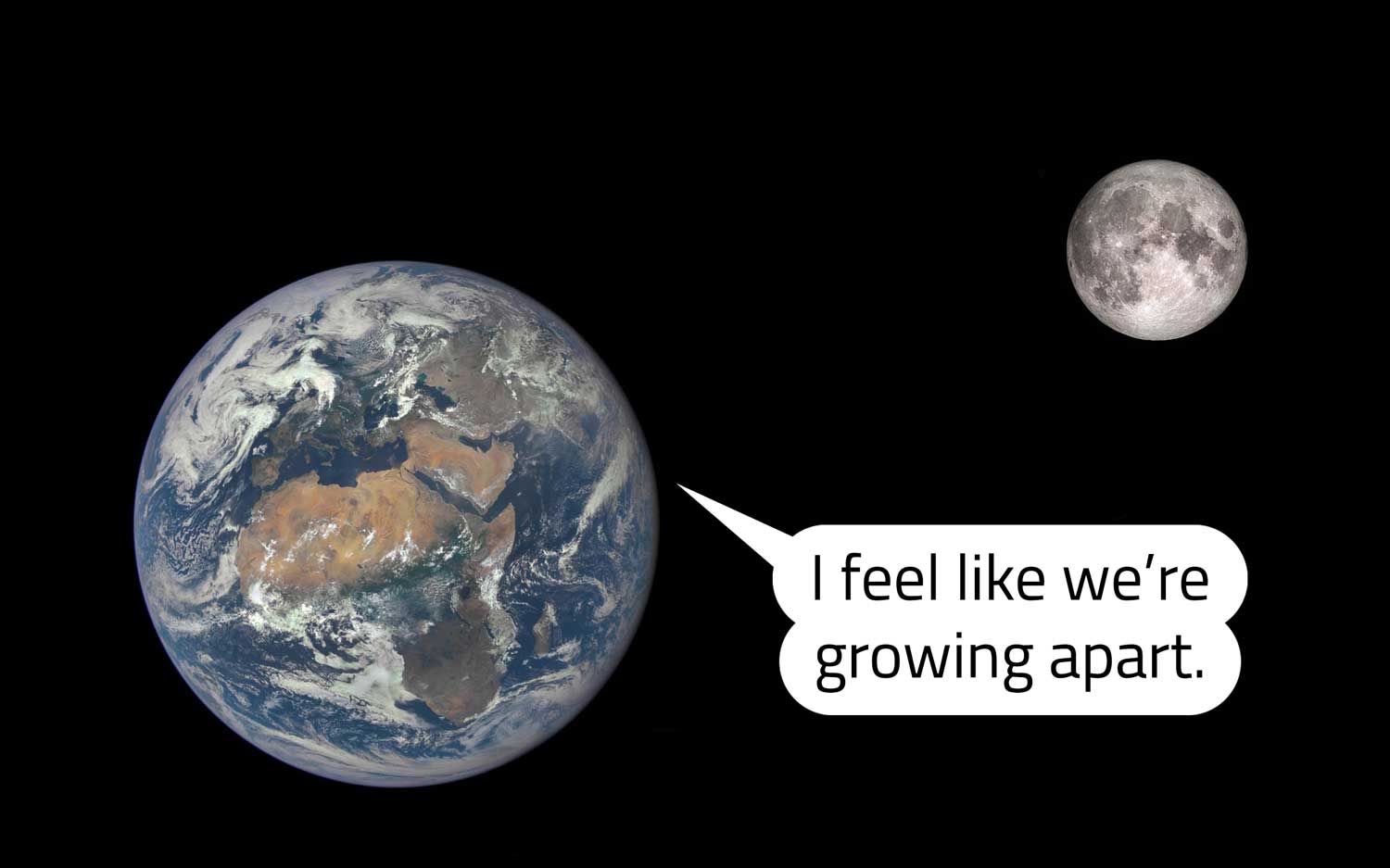
NASA/JPL-Caltech/ESA; Photo illustration Encyclopædia Britannica, Inc.
The Moon is moving farther away from Earth, at a rate of 1 inch (2.5 centimeters) a year.
Protecting Earth from Asteroids
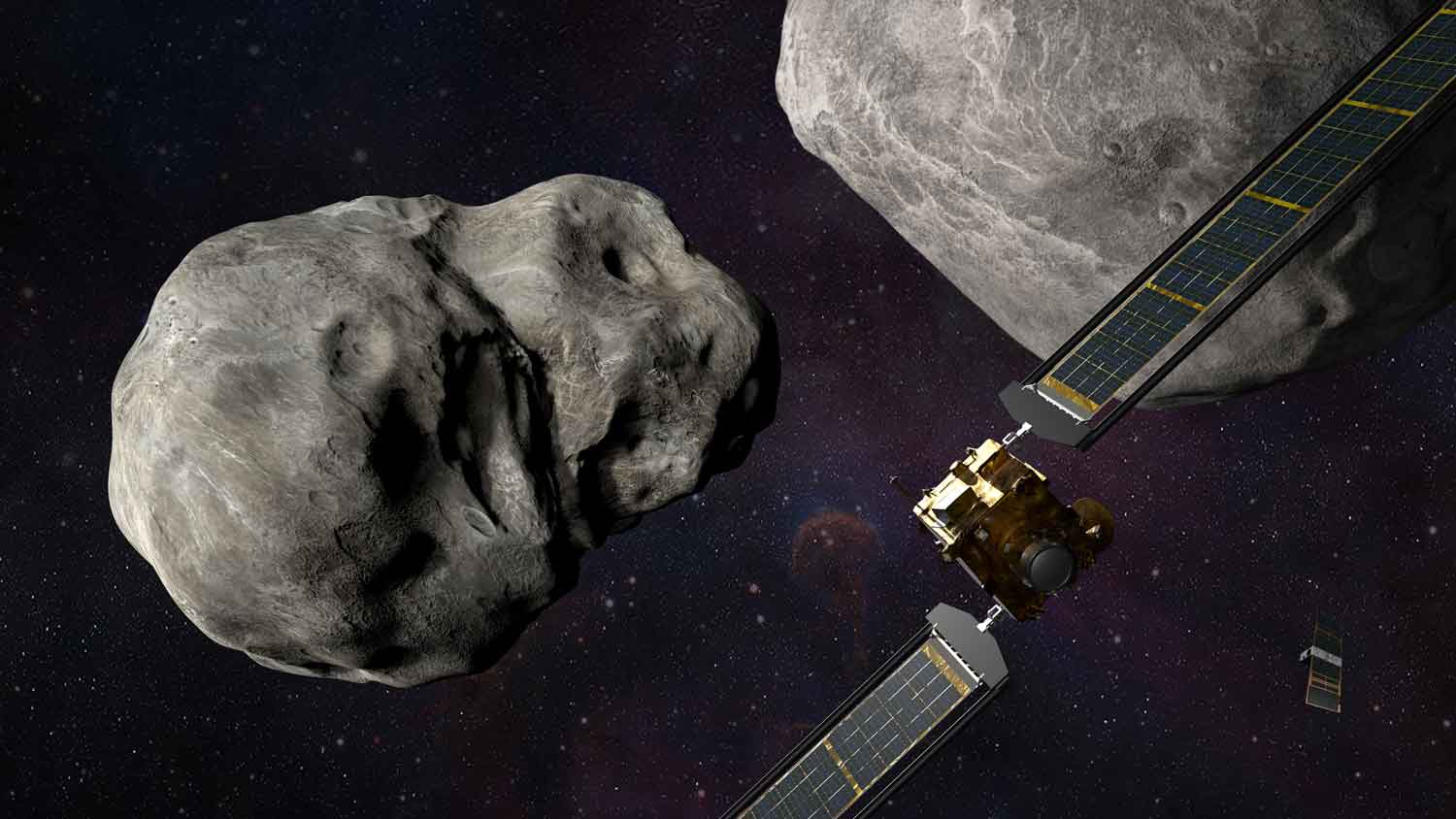
NASA/Johns Hopkins/APL
In 2022, NASA crashed a spacecraft into the asteroid Dimorphos, as shown in this illustration.
It’s extremely rare for a large asteroid to hit Earth. According to NASA, it happens about every 2,000 years or so. Still, scientists are working on ways to reduce the threat of these space rocks.
In recent experiments, scientists staved off fake asteroids by hitting them with X-ray radiation. The heat from the radiation created vapor that pushed the asteroids away.
In 2022, NASA purposely crashed a spacecraft into an asteroid called Dimorphos, changing the asteroid’s path. But while that experiment was successful, scientists say intentional collisions work only on small asteroids. The X-ray technique might be another option for larger asteroids.
Space Rocks
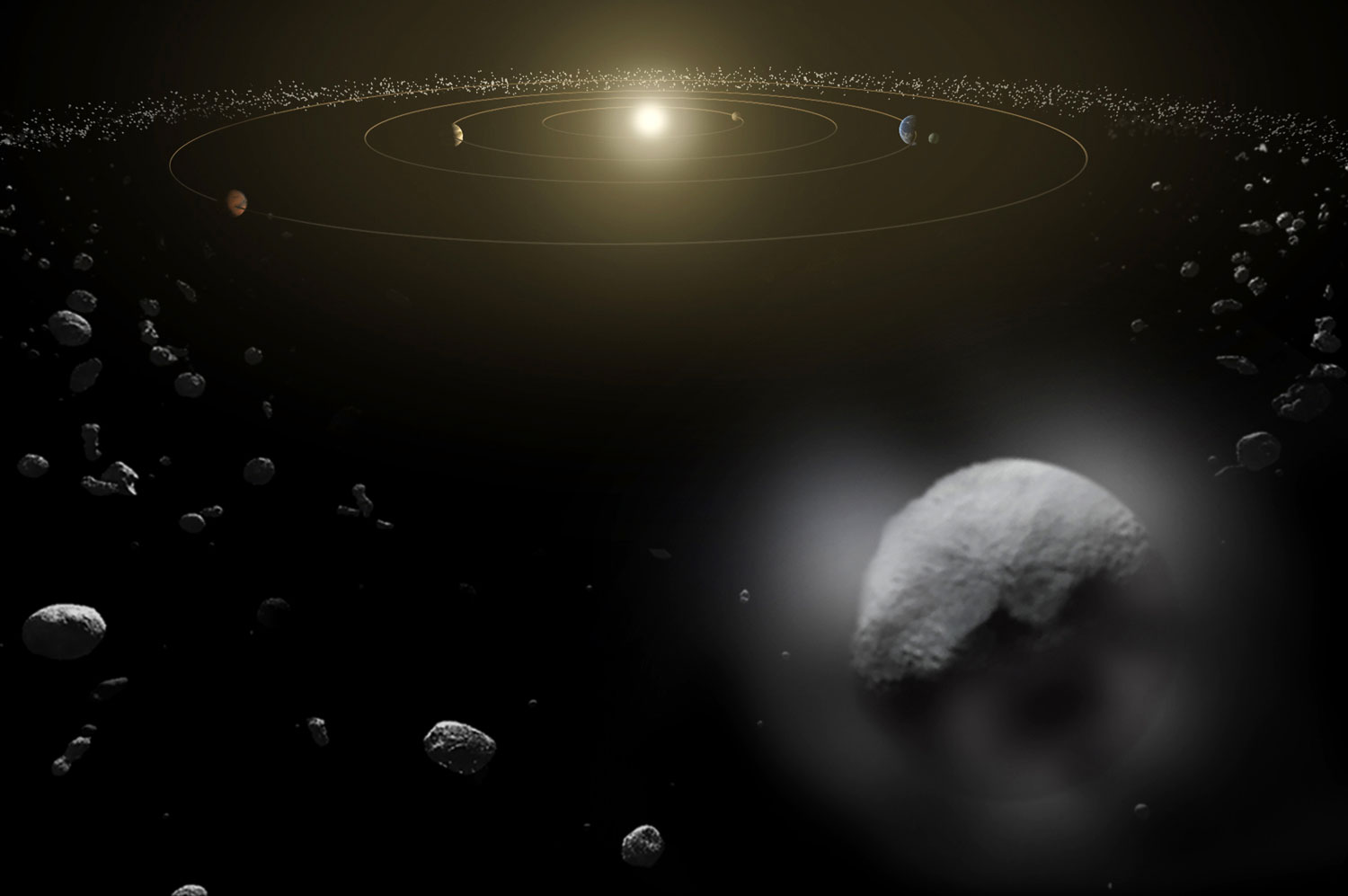
ESA/ATG medialab
With a diameter of about 580 miles (940 kilometers), the asteroid Ceres is large enough to also be called a dwarf planet. The illustration above shows our solar system’s asteroid belt. Ceres is the largest asteroid shown.
What are asteroids, and why should we care about them? Learn more about space rocks at Britannica!
WORD OF THE DAY
ephemeral
adjective
: lasting a very short time

Word Search
See if you can find all the words!
